Yogyakarta (pronounce the Y’s as J’s) is a small city by Indonesian standards, but is home to two World Heritage sites – Prambanan, an ancient Hindu temple, and Borobudur, a contemporaneous Buddhist temple. I spent a day at each, exploring and taking in the sights.
Firstly, Prambanan. Built in the 9th century by the Mataram Dynasty, the complex consists of three main temples (to Shiva, Brahma and Vishnu), along with a large number of smaller shrines, and a few Buddhist temples to the immediate north.
The temple now sits in a landscaped park, filled with tourists, but it’s not hard to imagine emerging from the jungle into a clearing and seeing the looming structures.
The largest shrine, to Shiva the destroyer, sits at the centre and stands 47 metres high. Inside are three representations of Shiva, with the outside covered in intricate reliefs depicting the Ramayana, the classic Hindu tale.
The fourth and final alcove in the temple depicts Durga, Shiva’s wife, and is also part of the legend of the construction of the temple. A local princess reluctantly agreed to marry a conquering rival, but challenged him to build a temple with 1000 statues before dawn the next day. With the help of spirits, he almost succeeded, completing 999 of them before she lit fires to confuse the local roosters into thinking it was dawn. As they crowed the spirits fled, and the angry prince turned her into the last, most beautiful statue.
The other main temples, to Brahma and Vishnu, are just as ornate albeit somewhat smaller (only 37m tall). They follow a similar layout, with four alcoves containing representations of the gods.
The smaller surrounding votive shrines add to the overall effect of the complex.
Even from afar the tall, jutting spires have a raw beauty that implies the detail and craftsmanship.
Within the same grounds, there are several smaller, mostly ruined Buddhist temples.
Restoration includes playing with the world’s largest jigsaw puzzle.
The next day I visited the other World Heritage listed site nearby, a Buddhist temple called Borobudur. An even larger structure than Prambanan, although much more horizontally than vertically, it forms an impressive counterpoint and again, fascinating scenery.
Some of the temple guardians look a little worse for wear – probably appropriate given how many of the statues are headless or otherwise damaged.
Restoration and cleaning is active and ongoing – a pleasing sight.
This temple was built at roughly the same time as Prambanan, with Buddhism and Hinduism coexisting happily. It consists of nine levels, each decorated with reliefs depicting the life and lessons of Buddha, as well as many statues.
As you progress higher, you also get a good view of the surrounding countryside.
Finally, on reaching the top levels, the famous stupas are evident.
Inside each is (or at least once was) another Buddha statue.
Finally exiting to seek a drink and some shade, it’s still hard to process just how large it is for something so ancient – the biggest single Buddhist structure in the world.
After relaxing for a few days seeing the sights, it was time to start moving again, with the aim of Sumatra – however Java had other ideas (the jealous bitch!). For two days I battled the worst traffic I have ever seen, across West Java. Complete and utter gridlock, with cars, bikes, scooters, buses and trucks all fighting on the road, sometimes up to 5 vehicles wide on a narrow two-lane road. Often, the only way to progress was to follow the local scooters in passing on the wrong side of the road, forcing them (or at least hoping to) onto the verge. I have finally made it to Sumatra this afternoon, and will start the long trek north tomorrow morning.

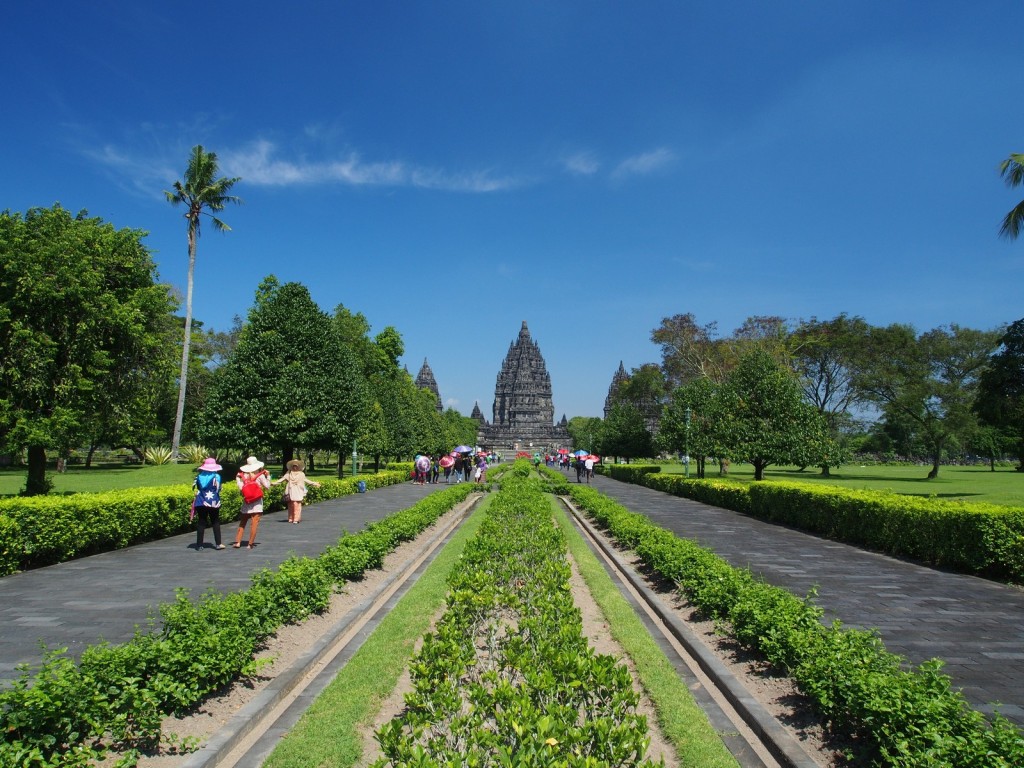
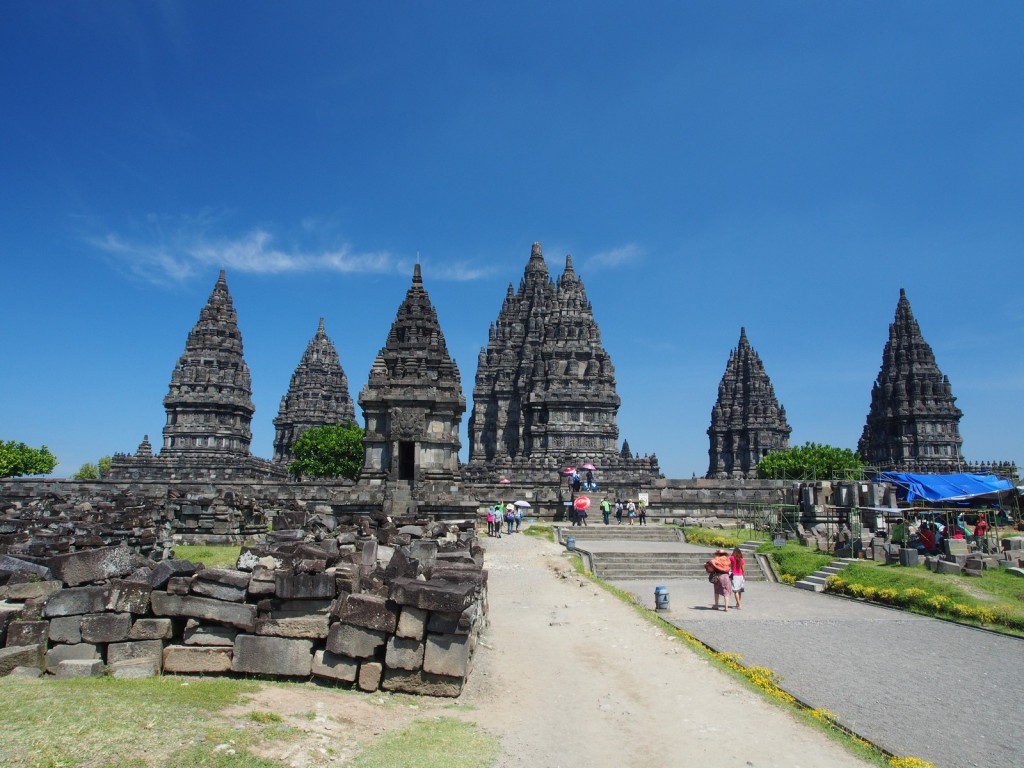
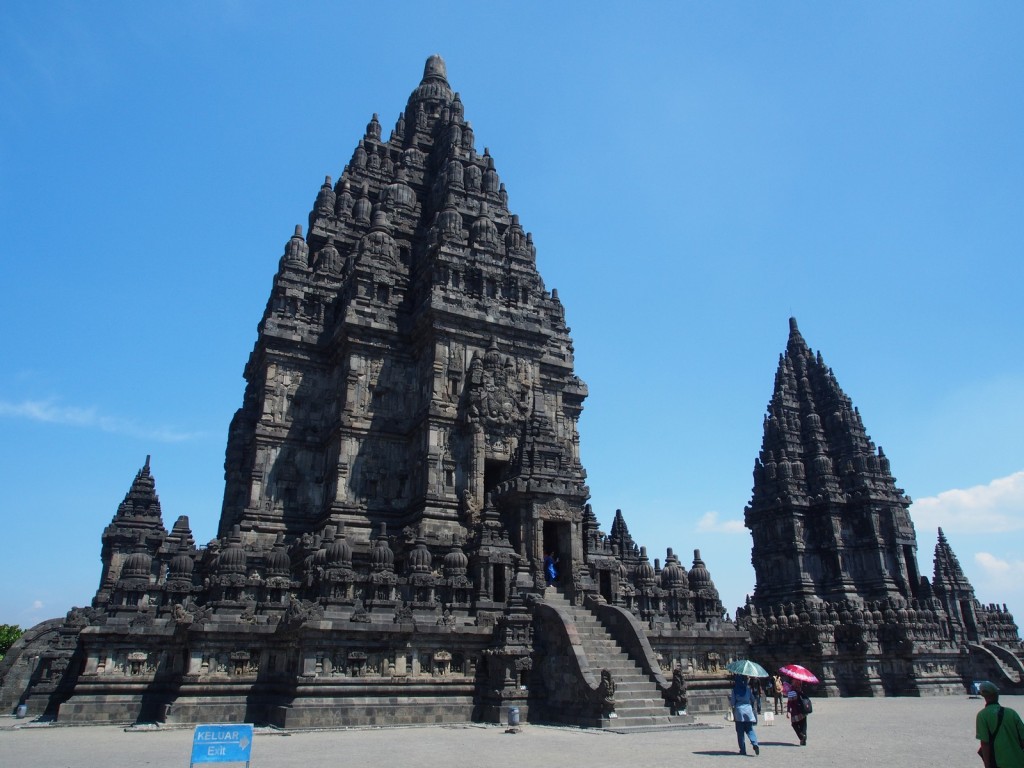
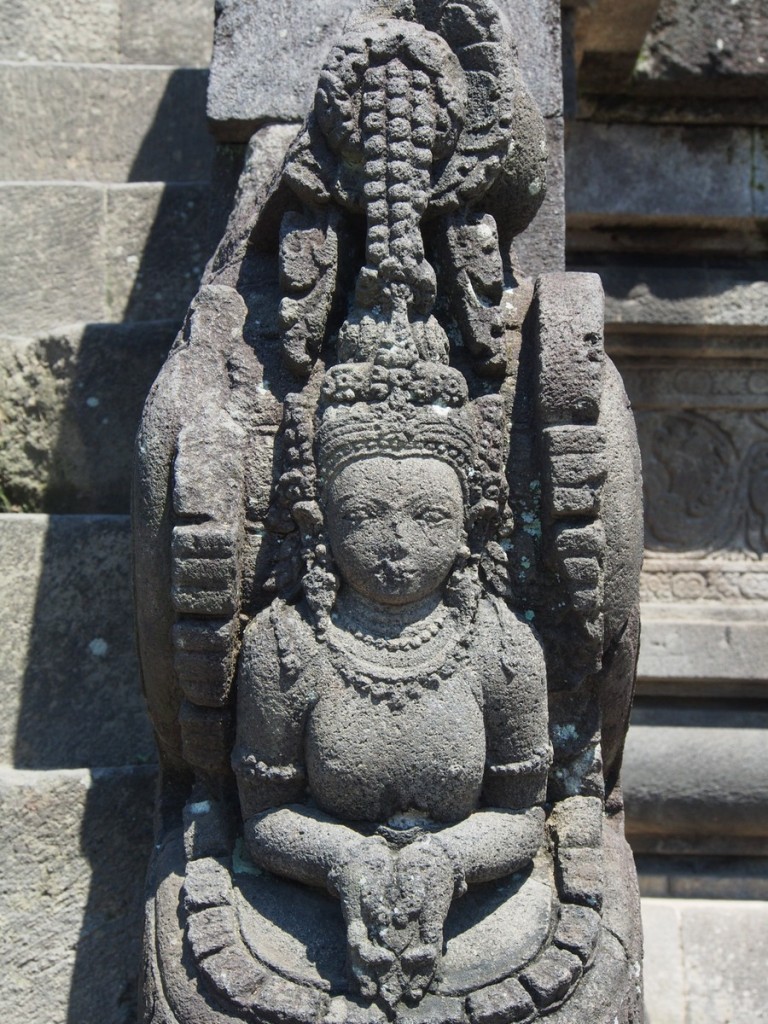
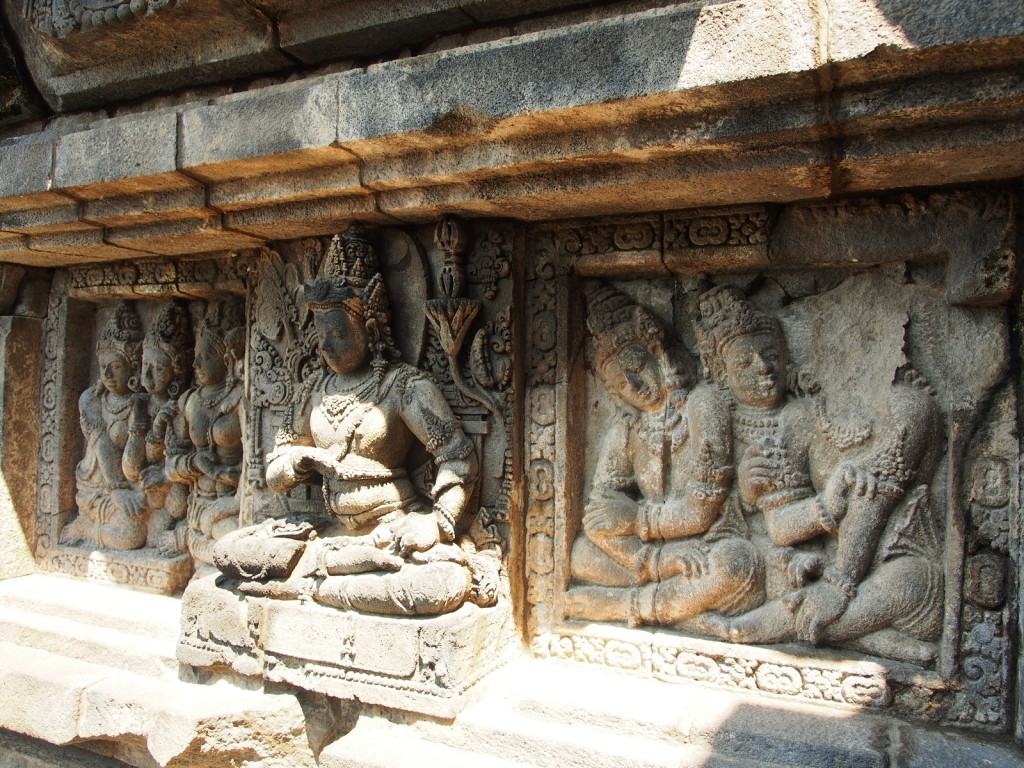
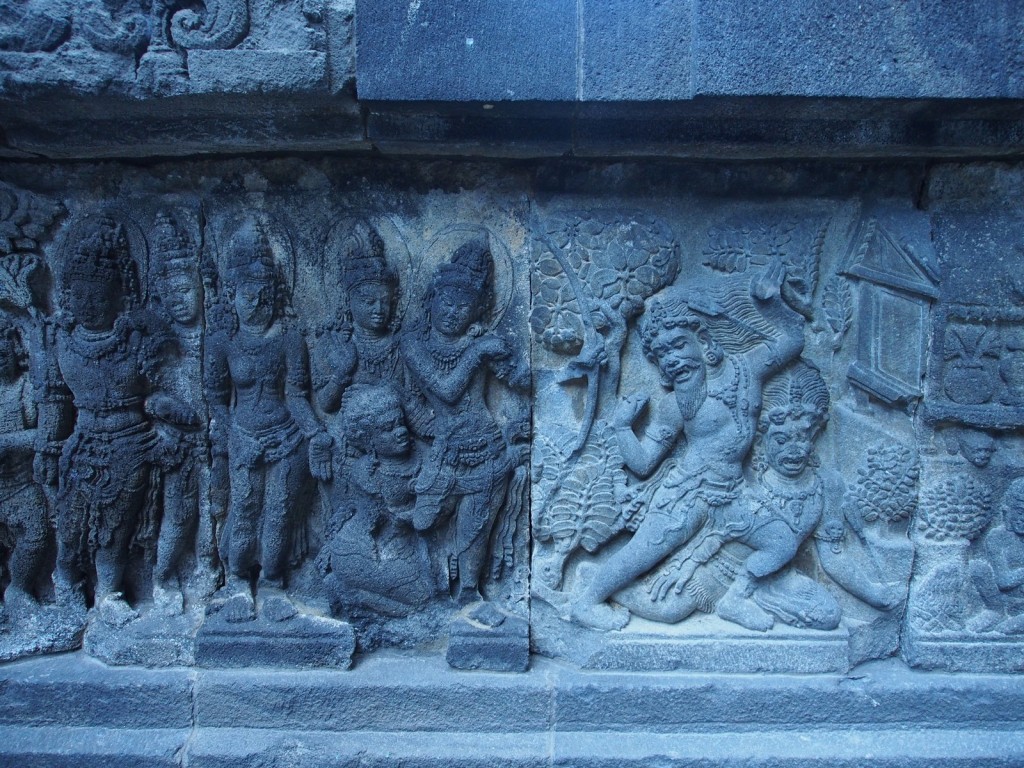
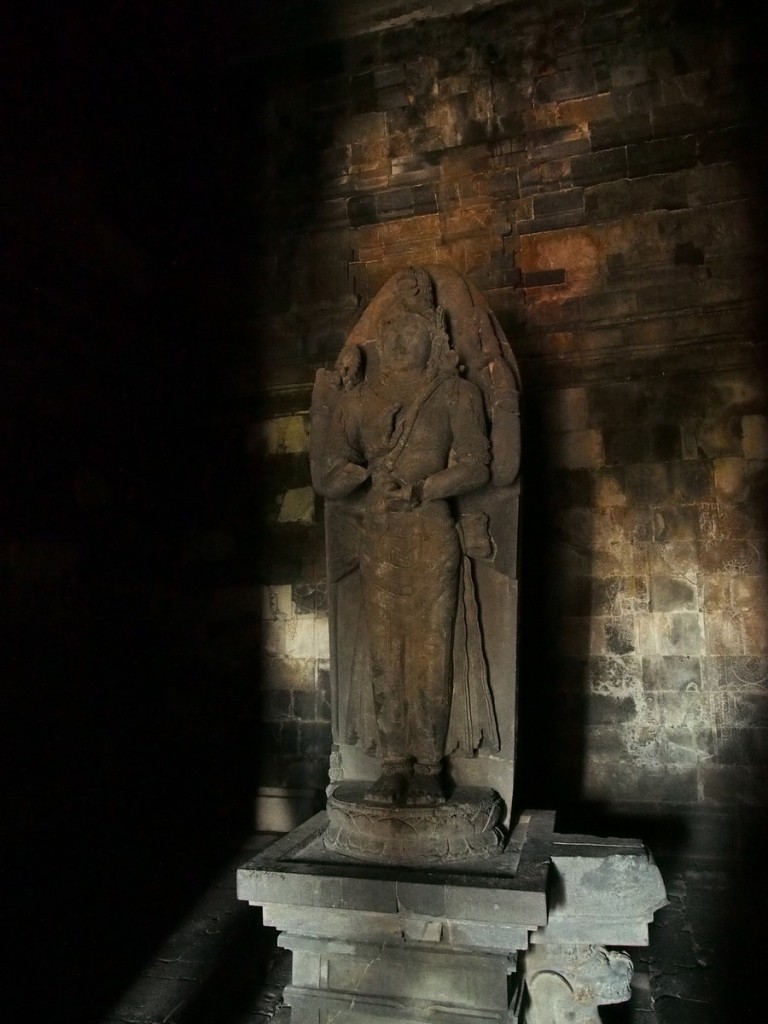
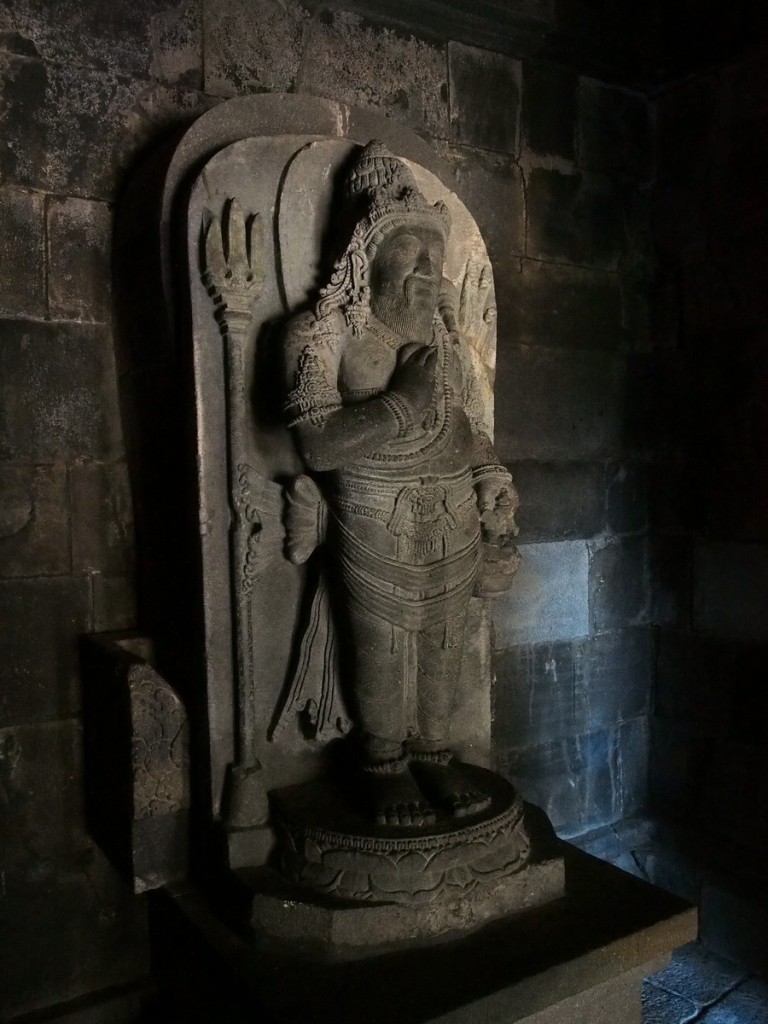
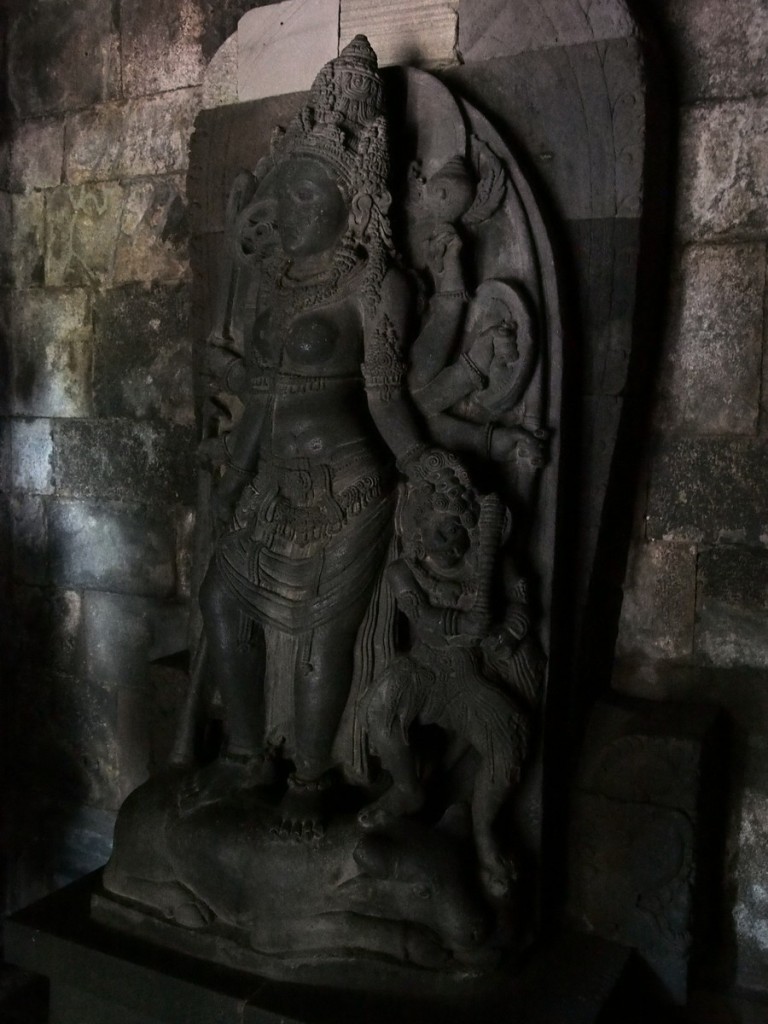
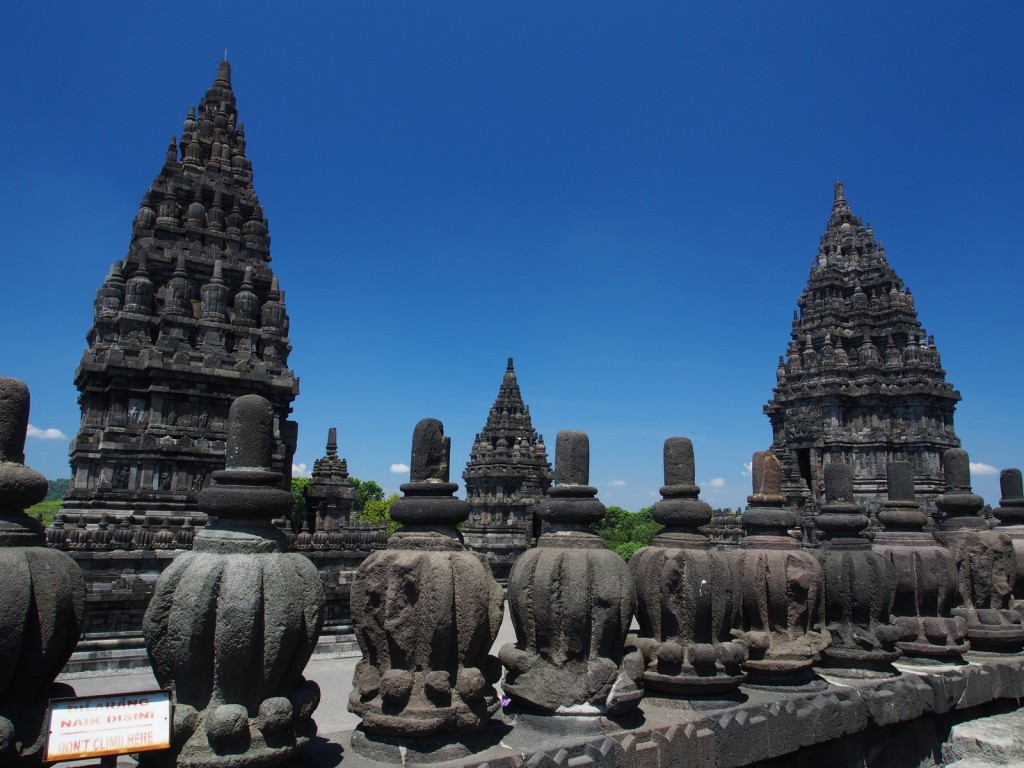
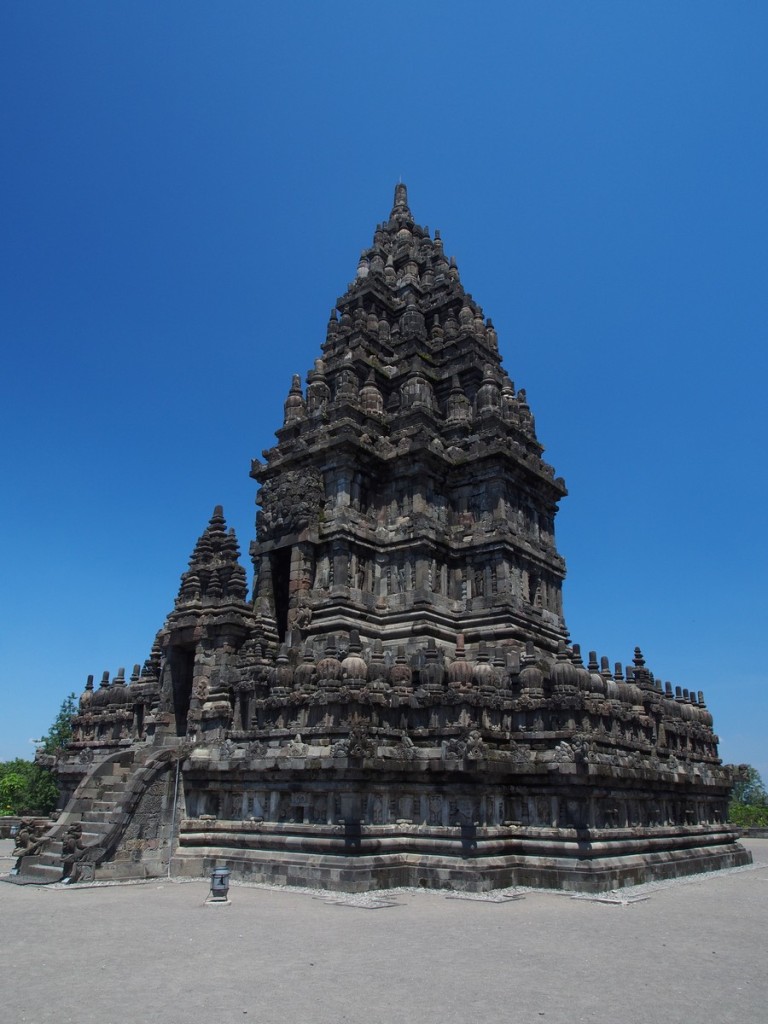
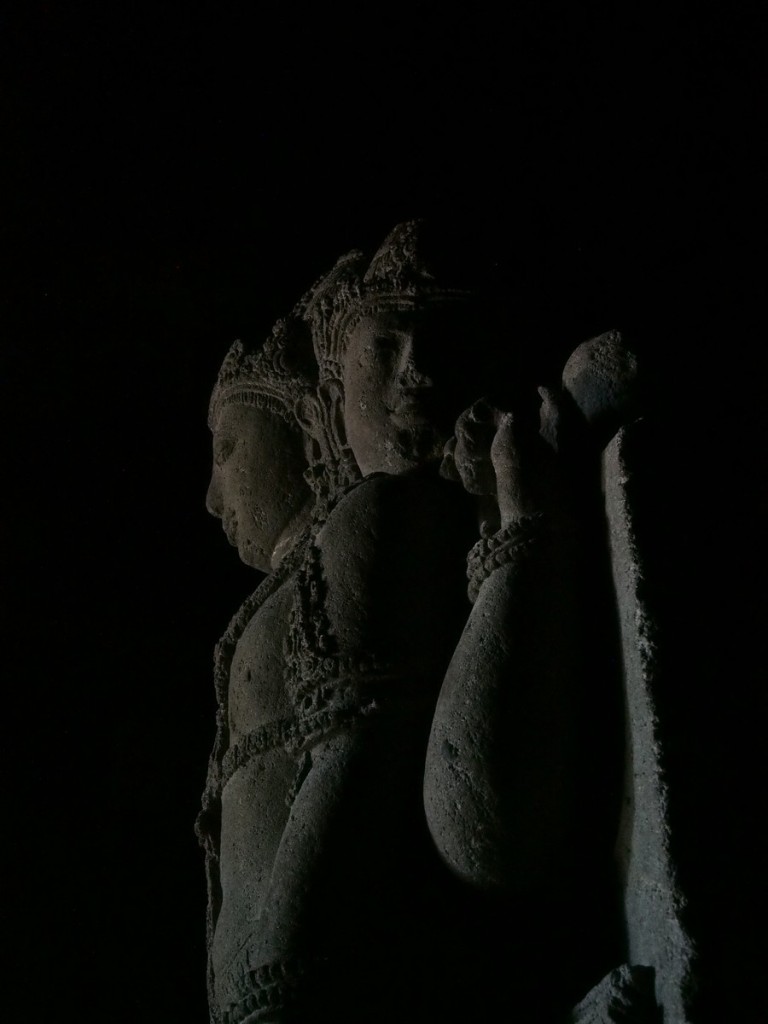
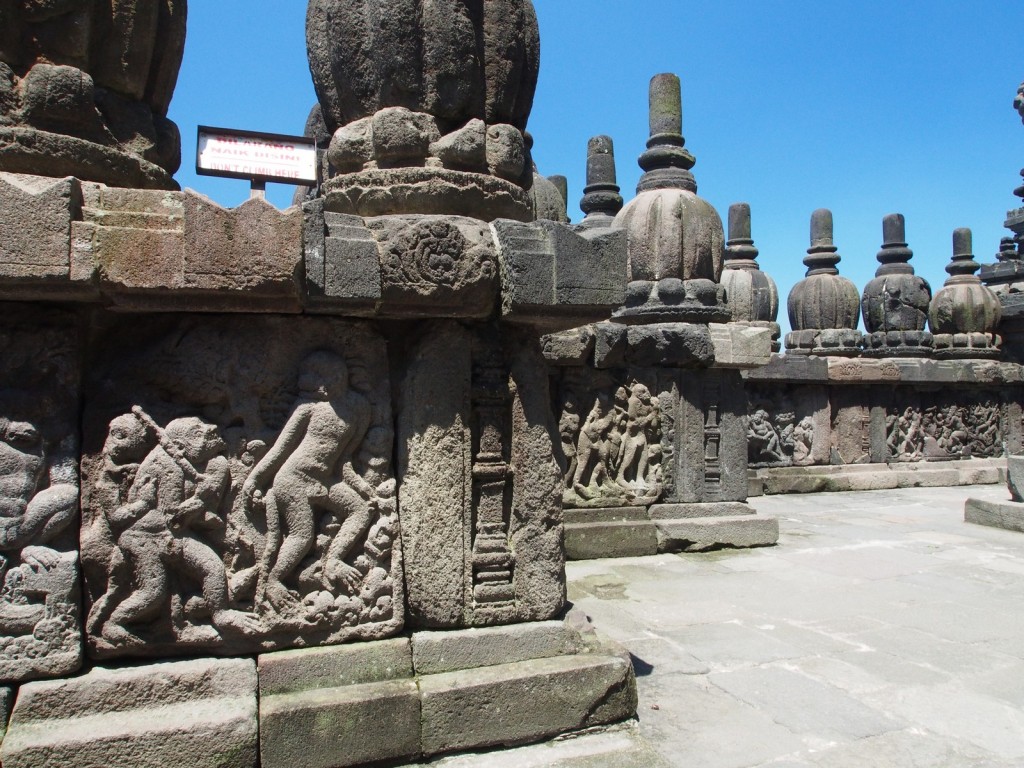
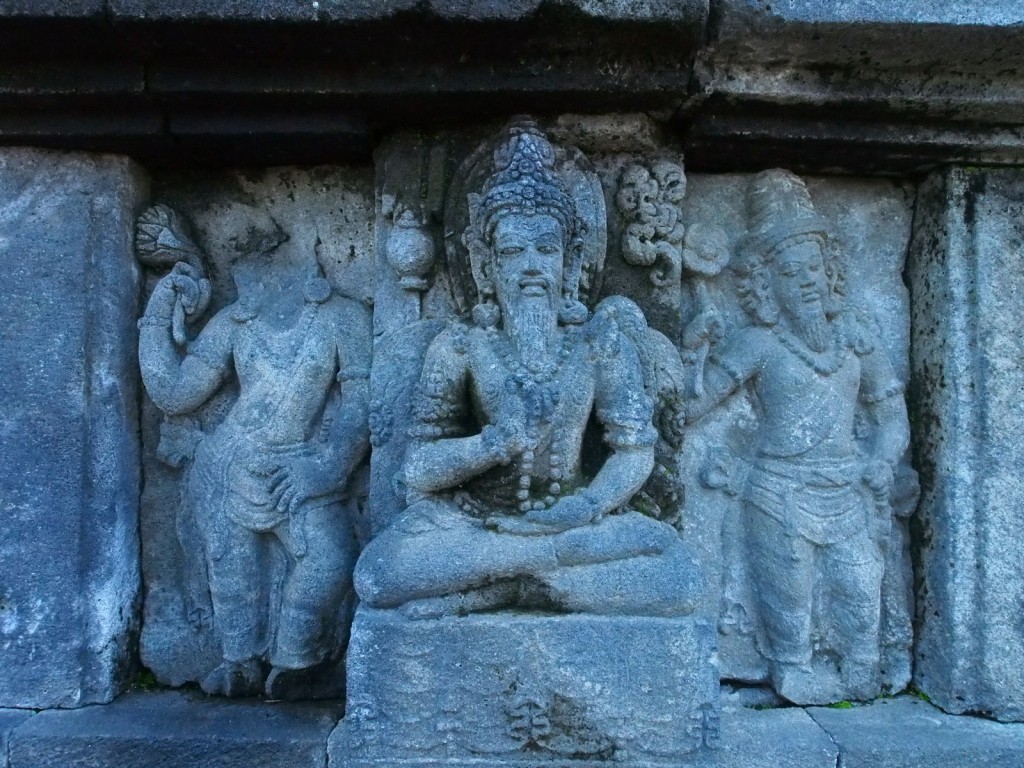
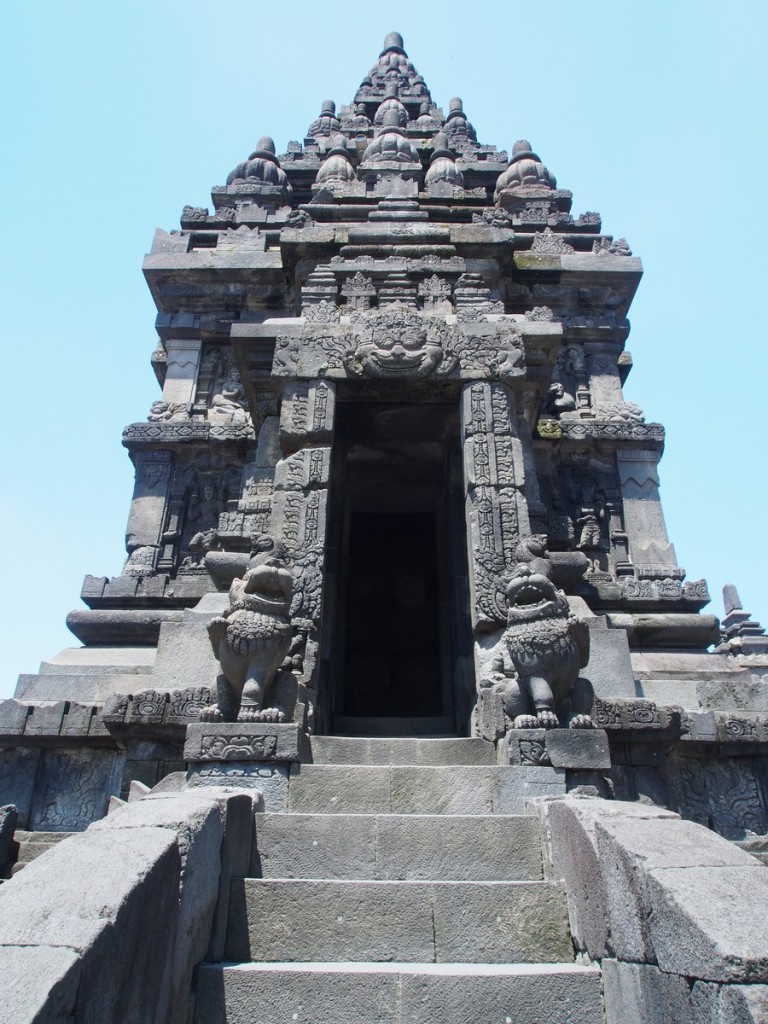
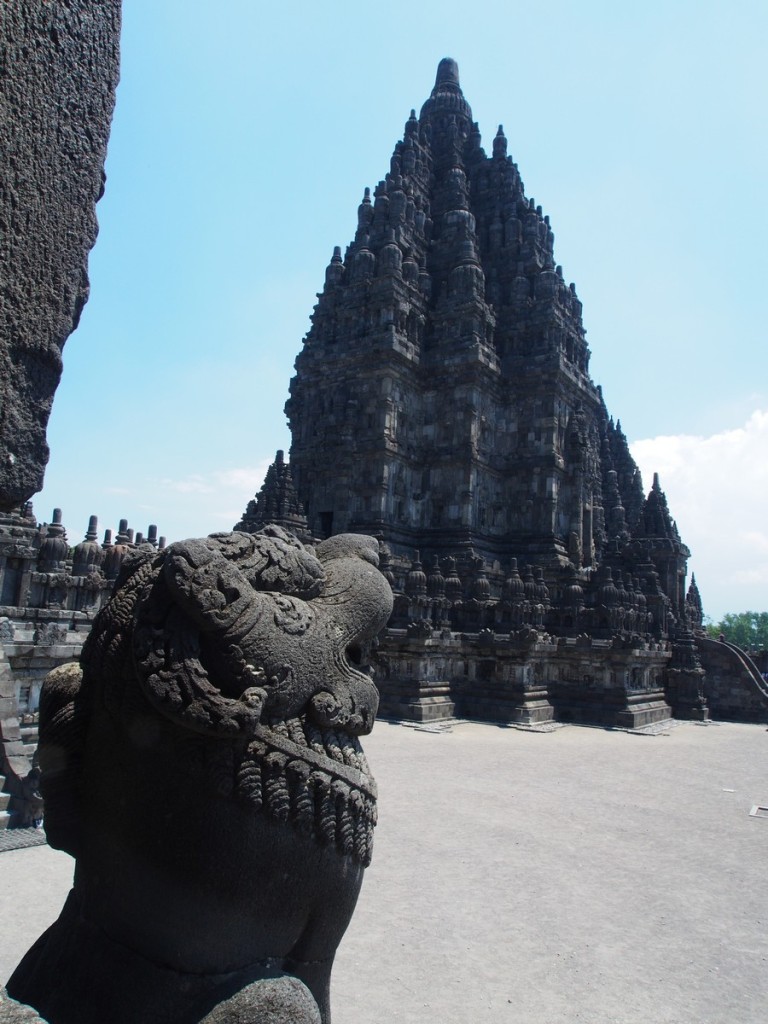
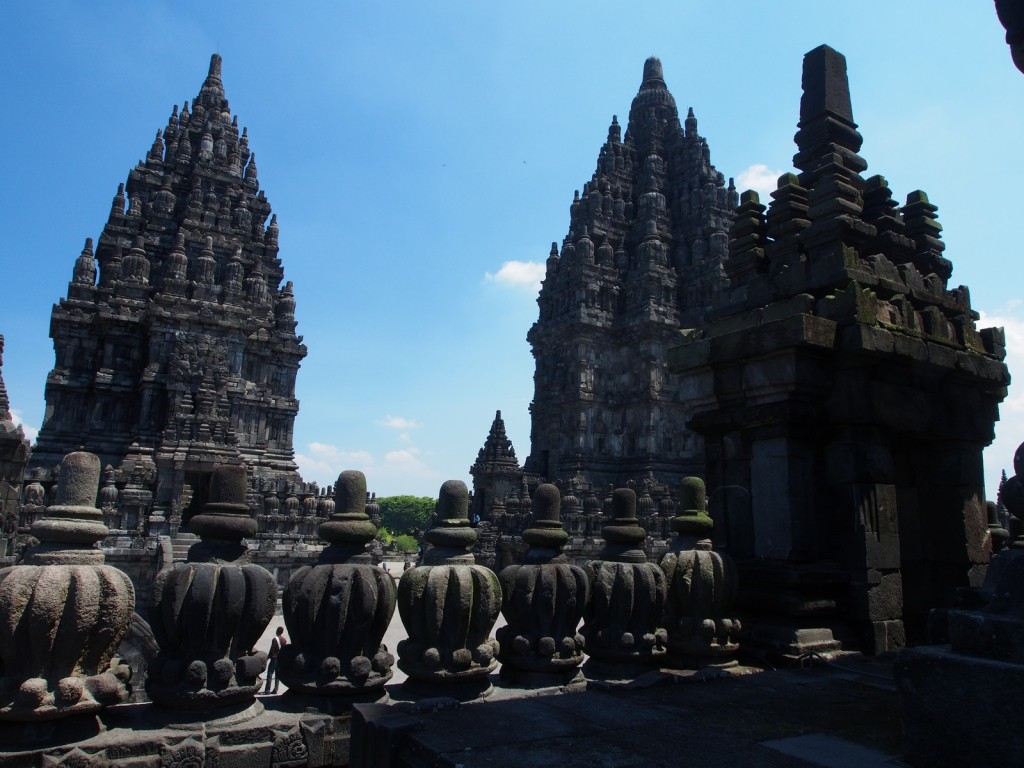
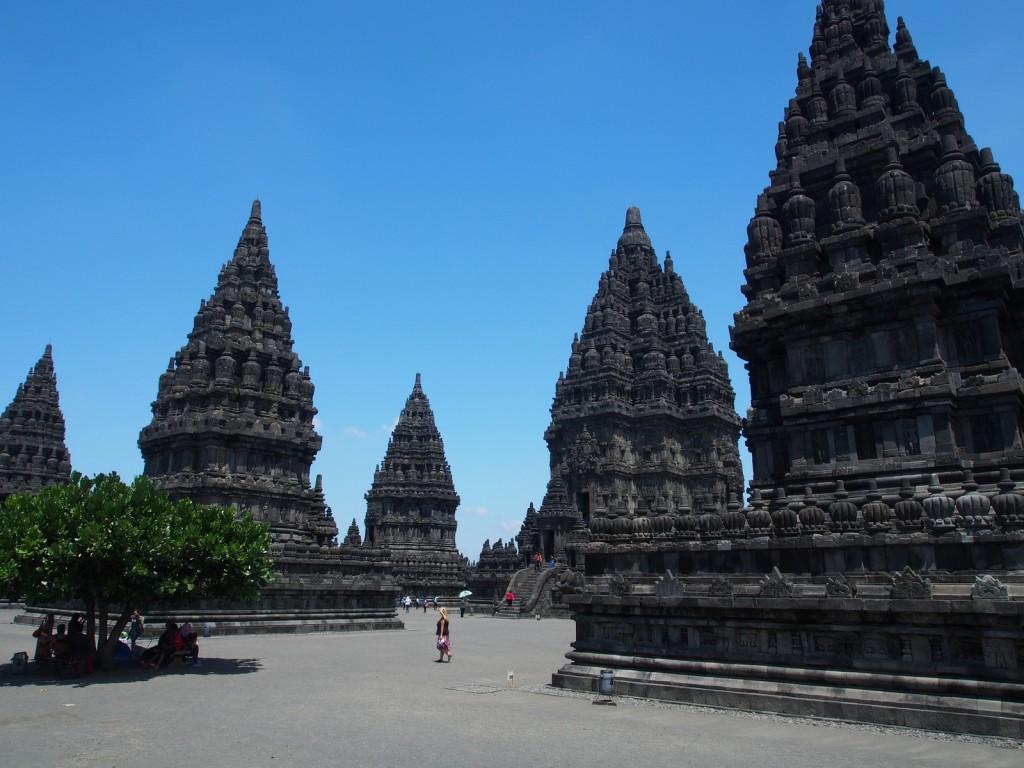
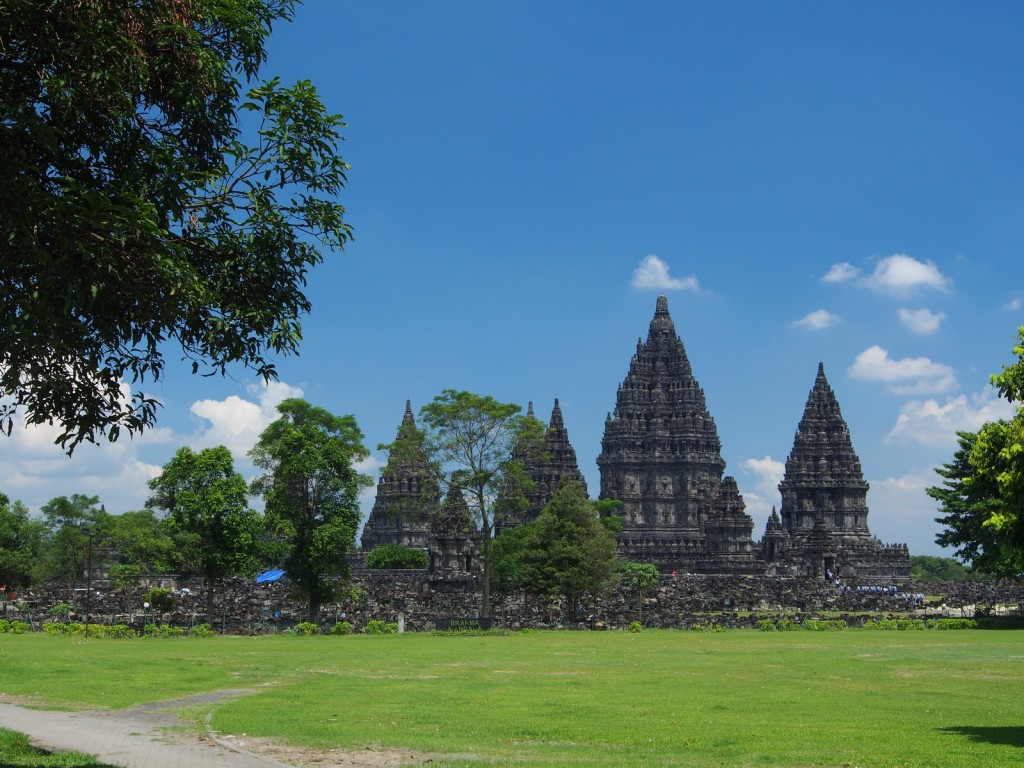
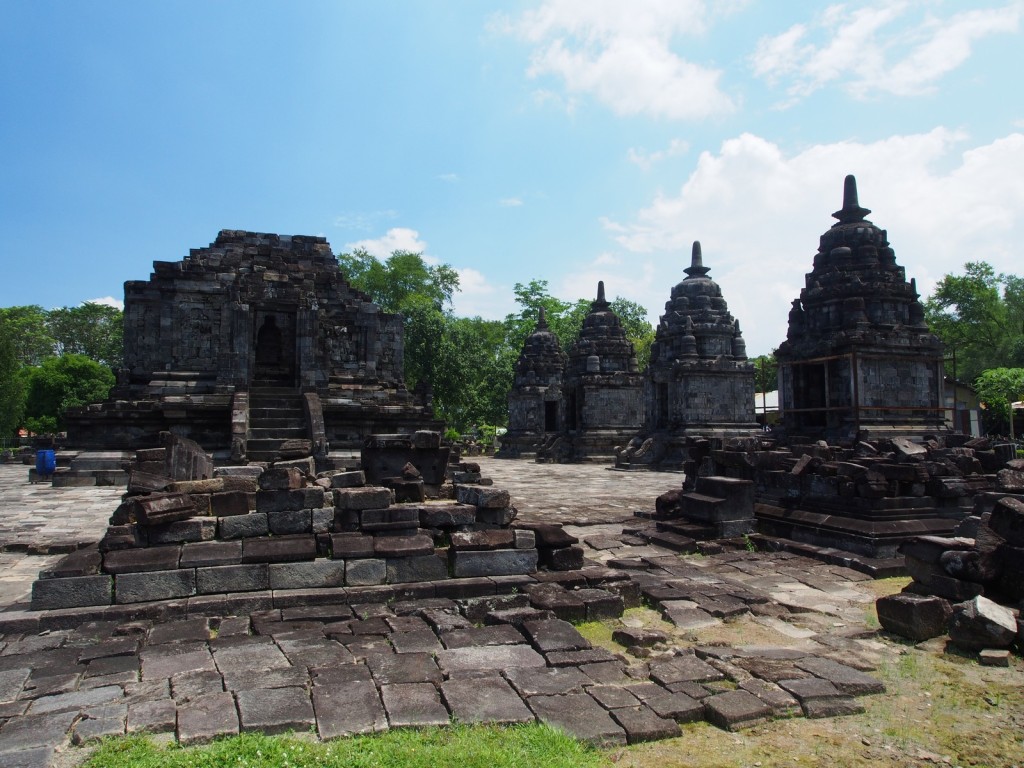
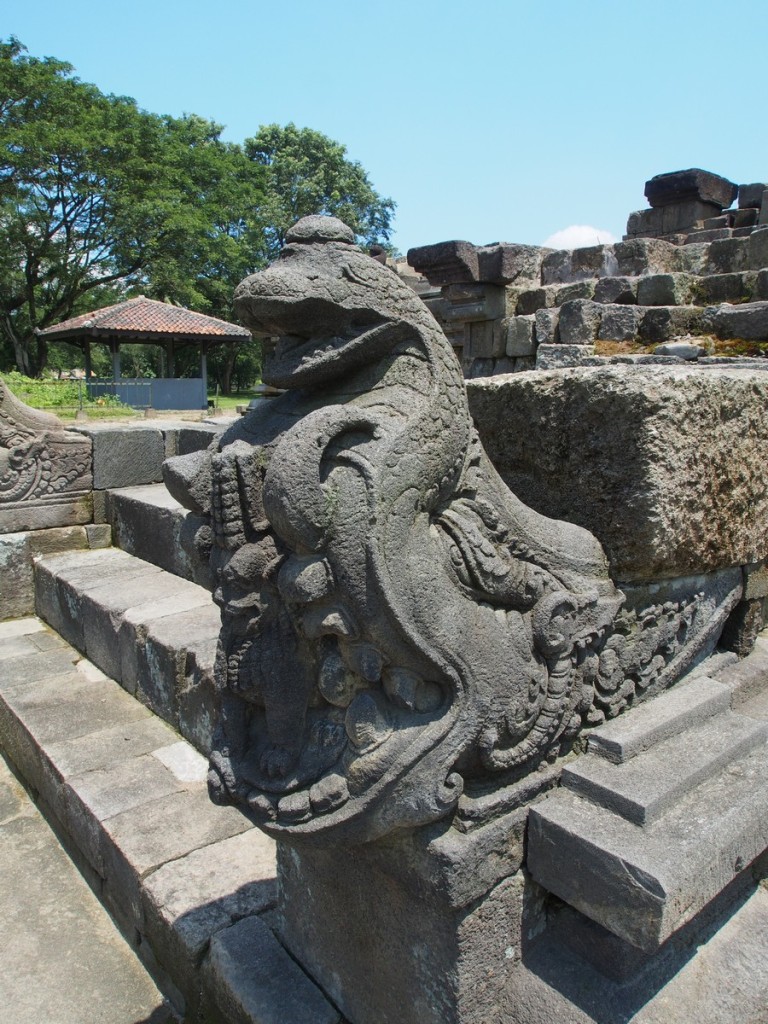
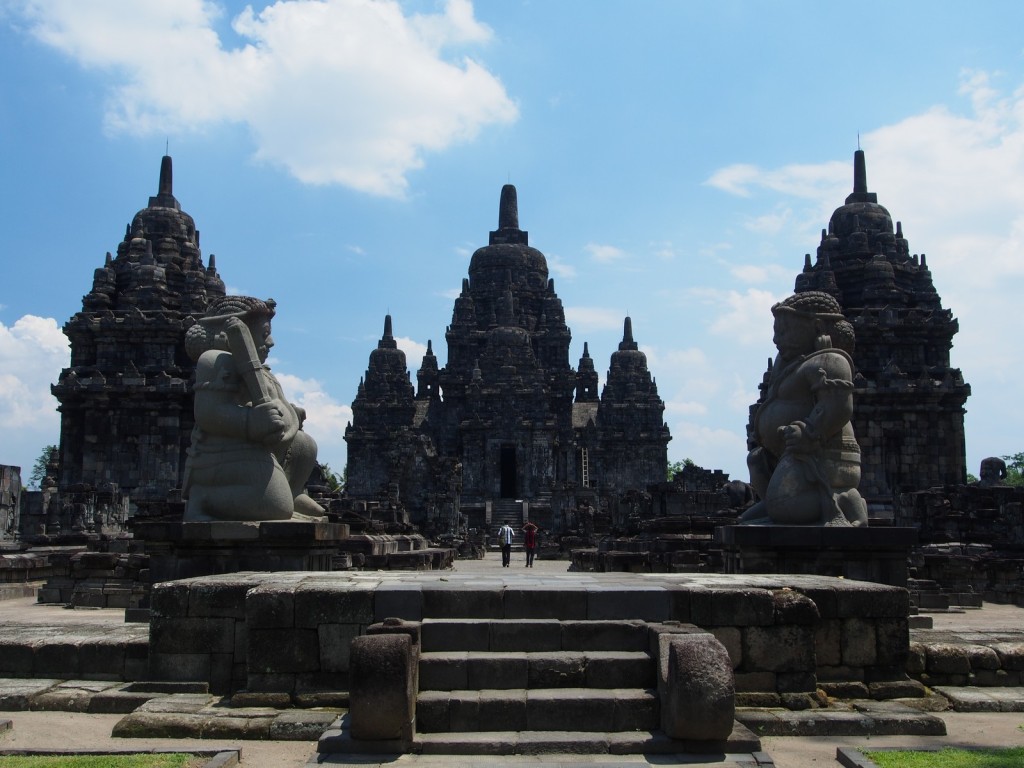
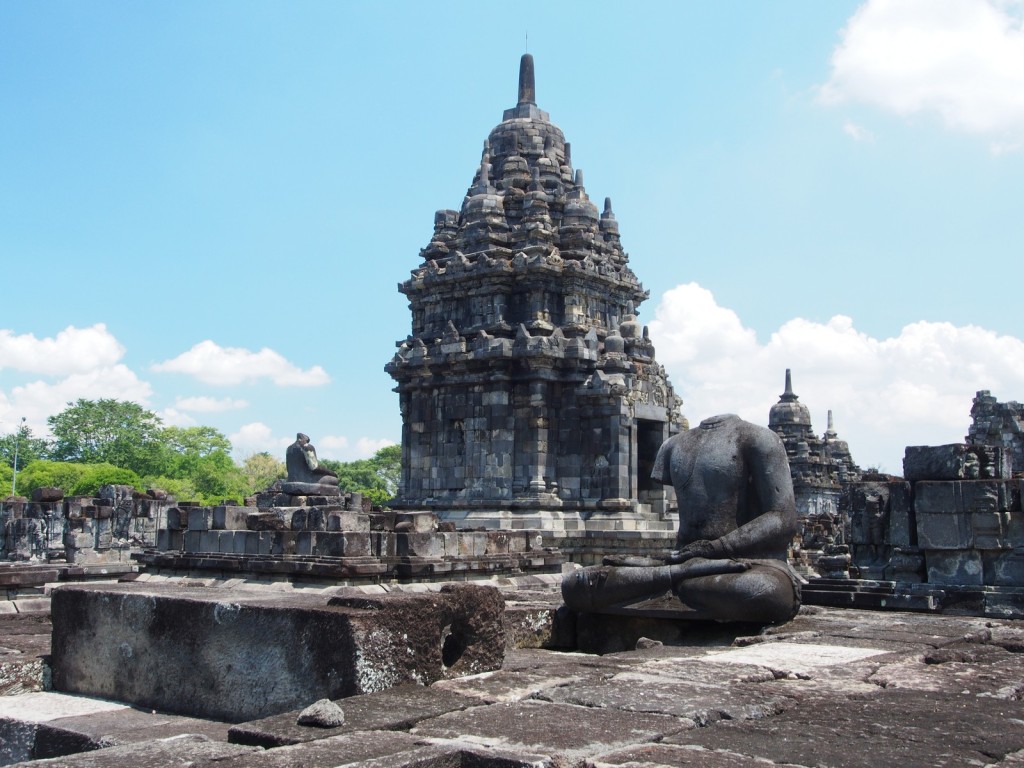
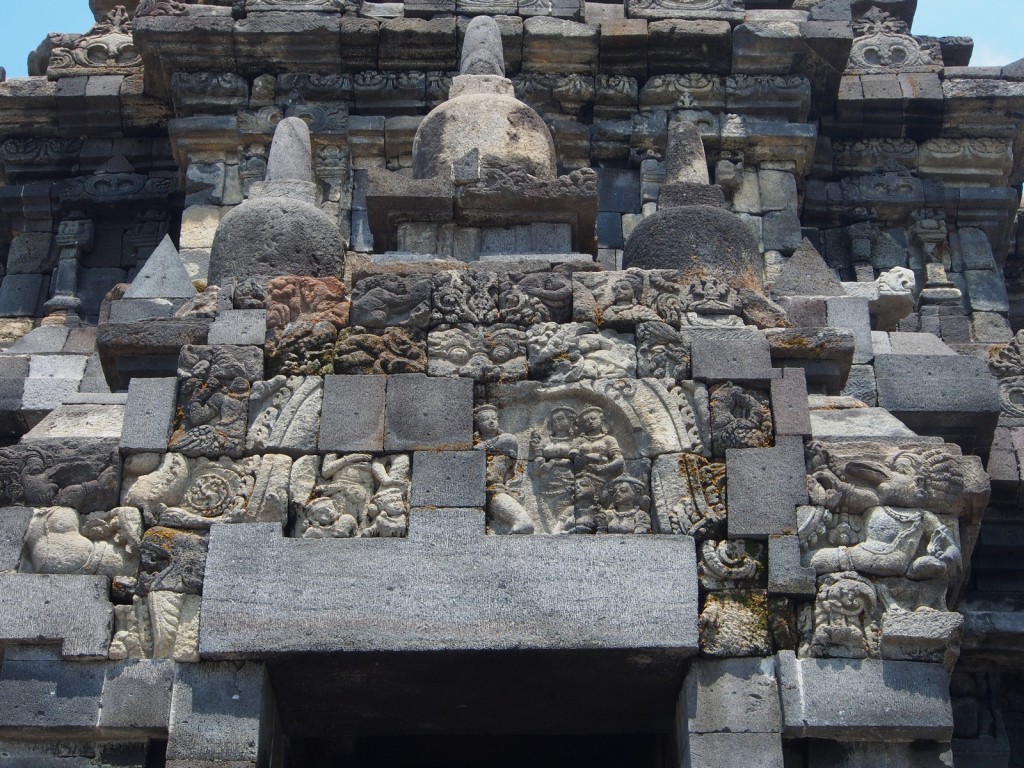
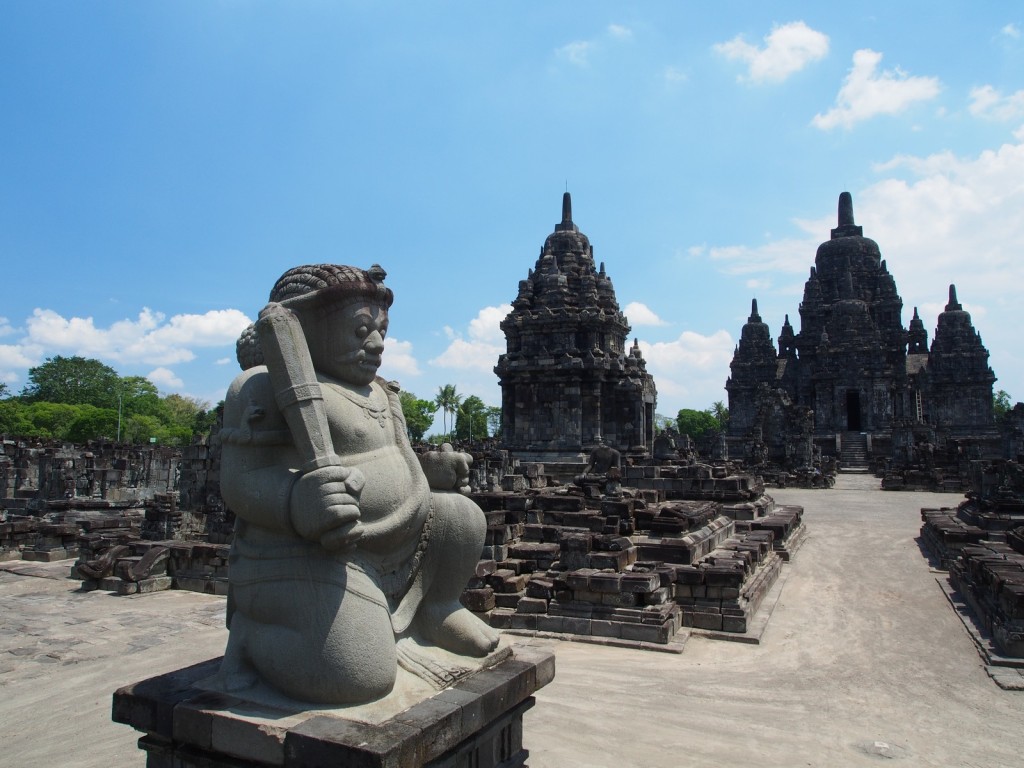
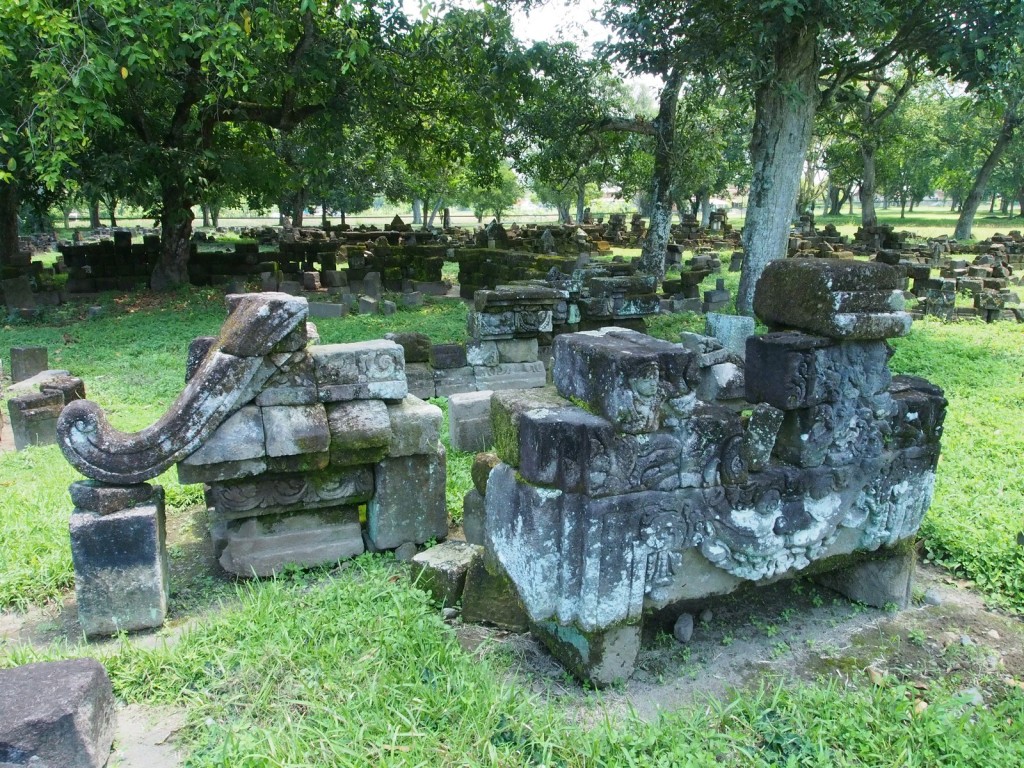
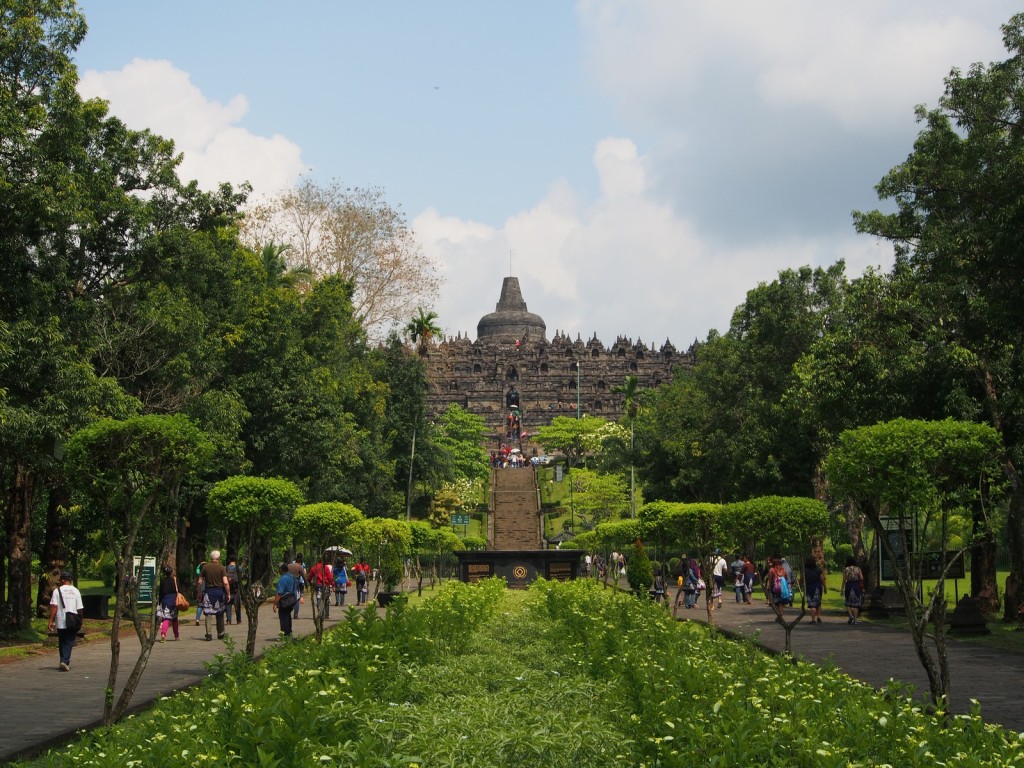
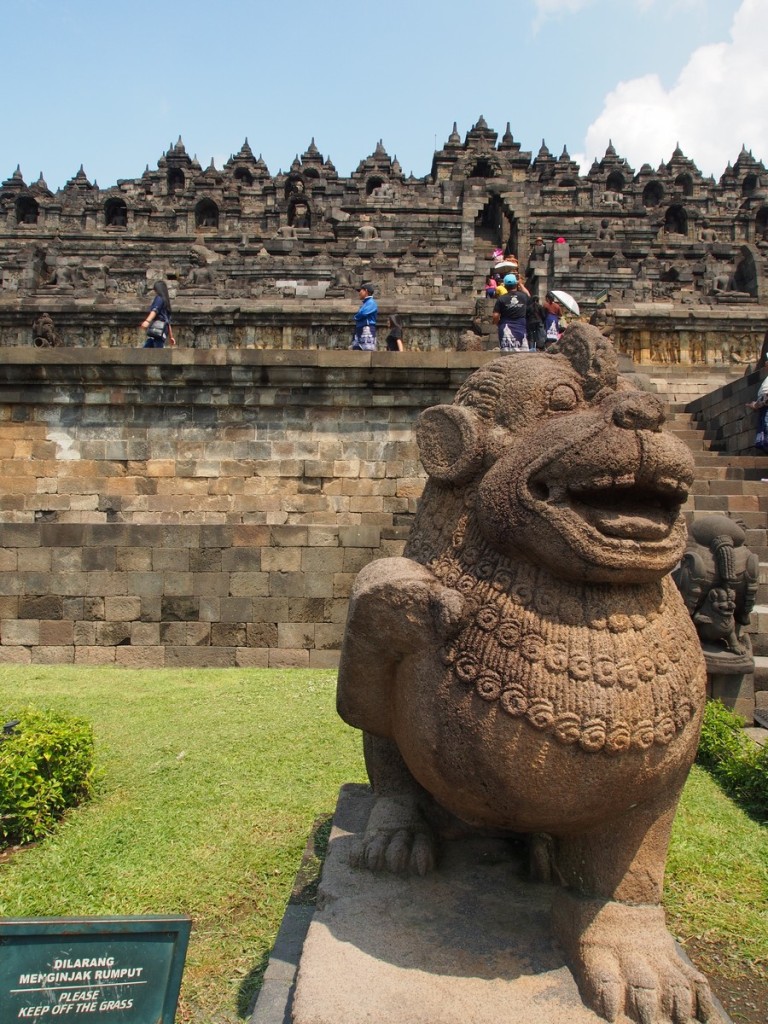
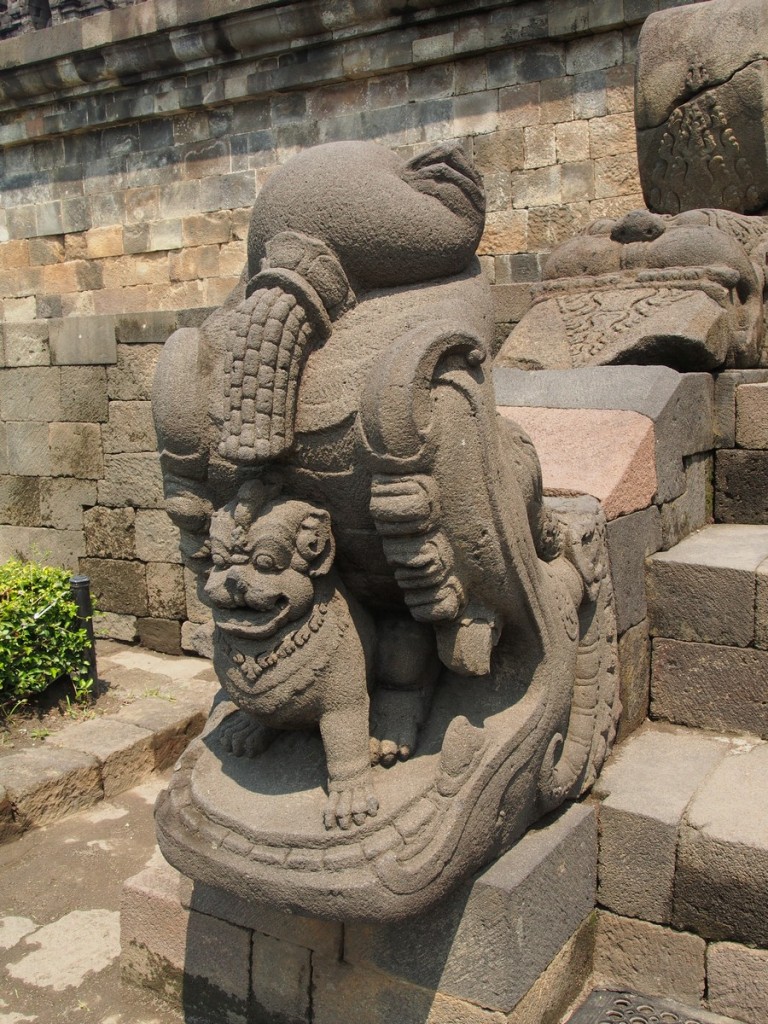
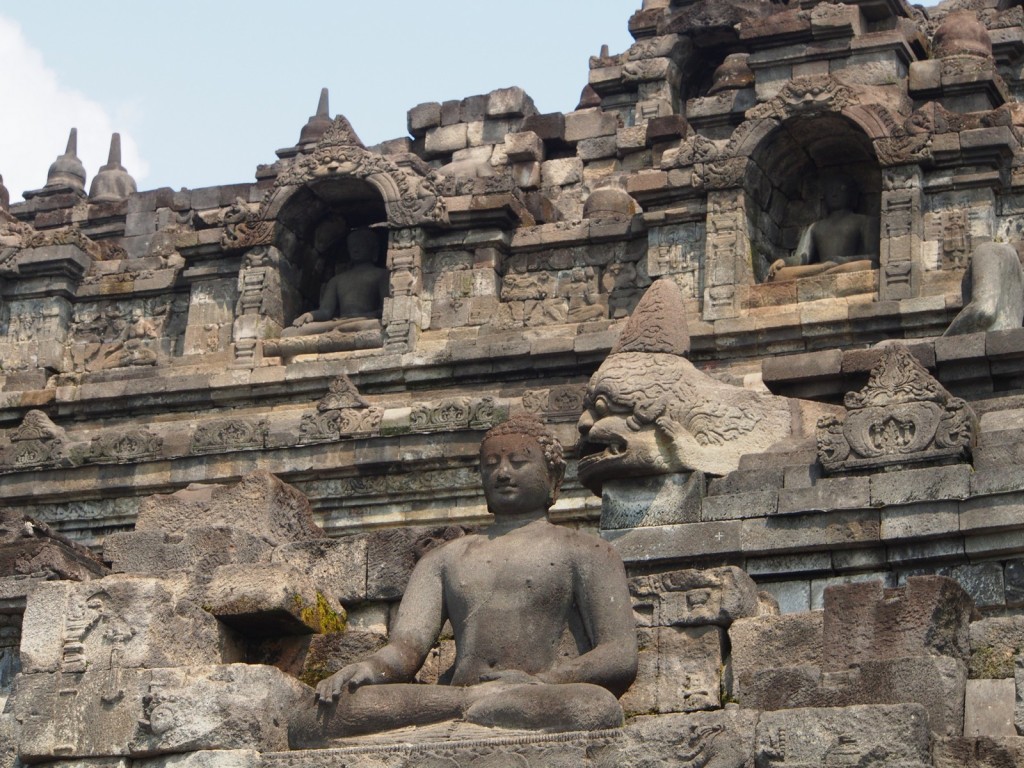
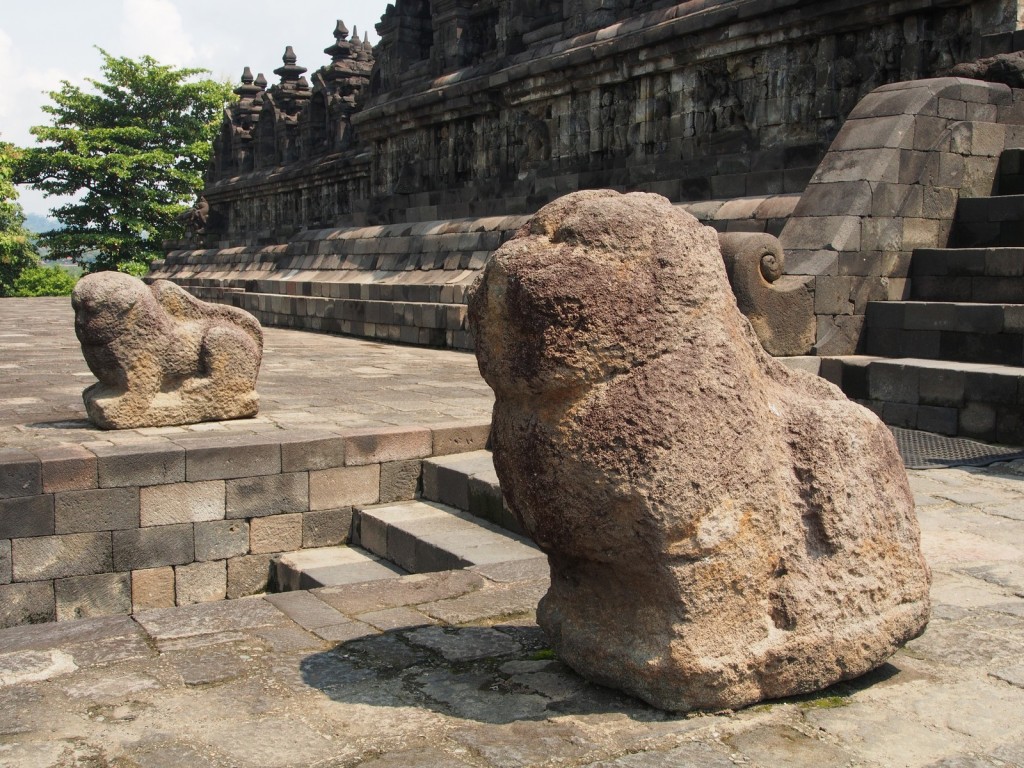
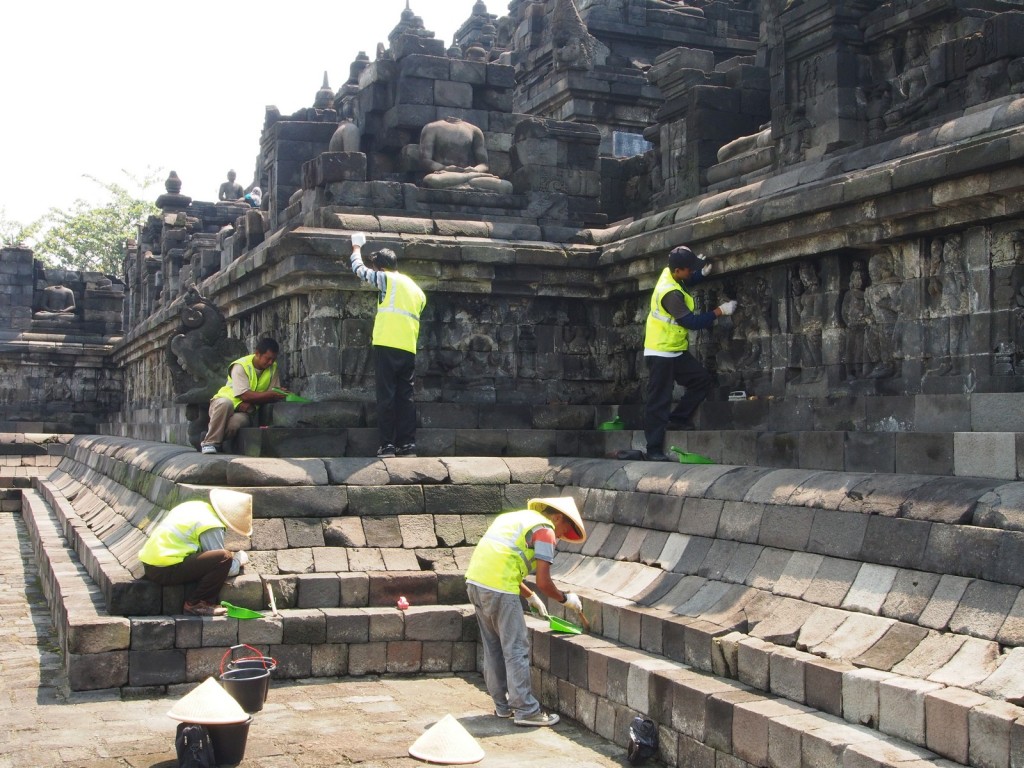

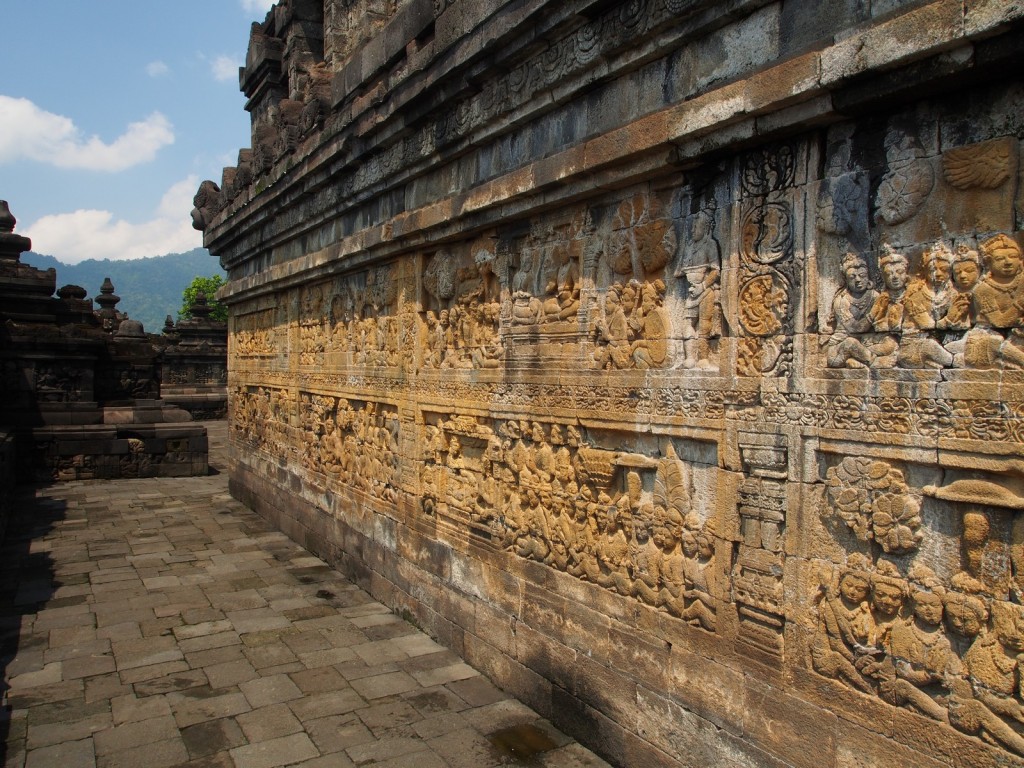
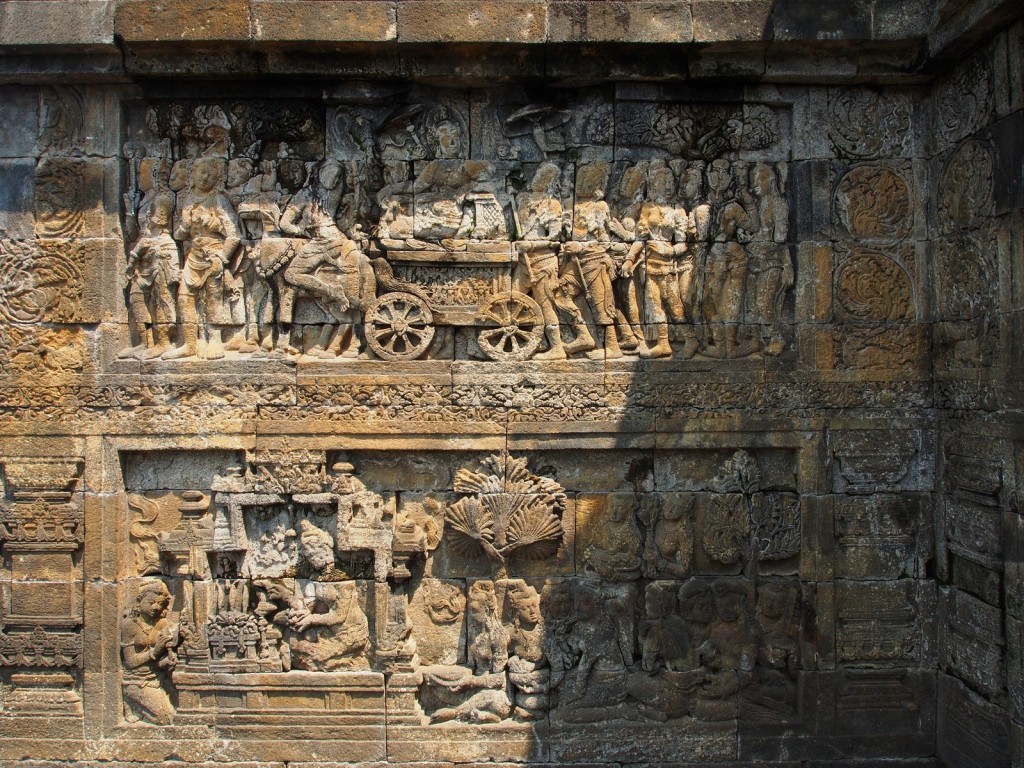

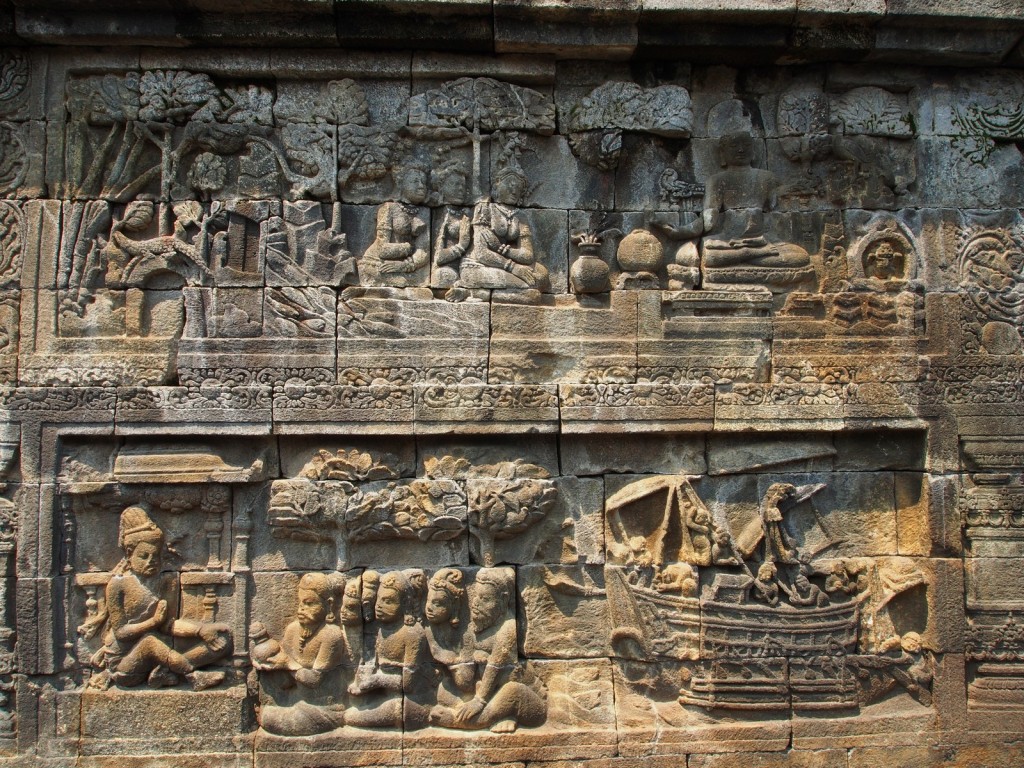
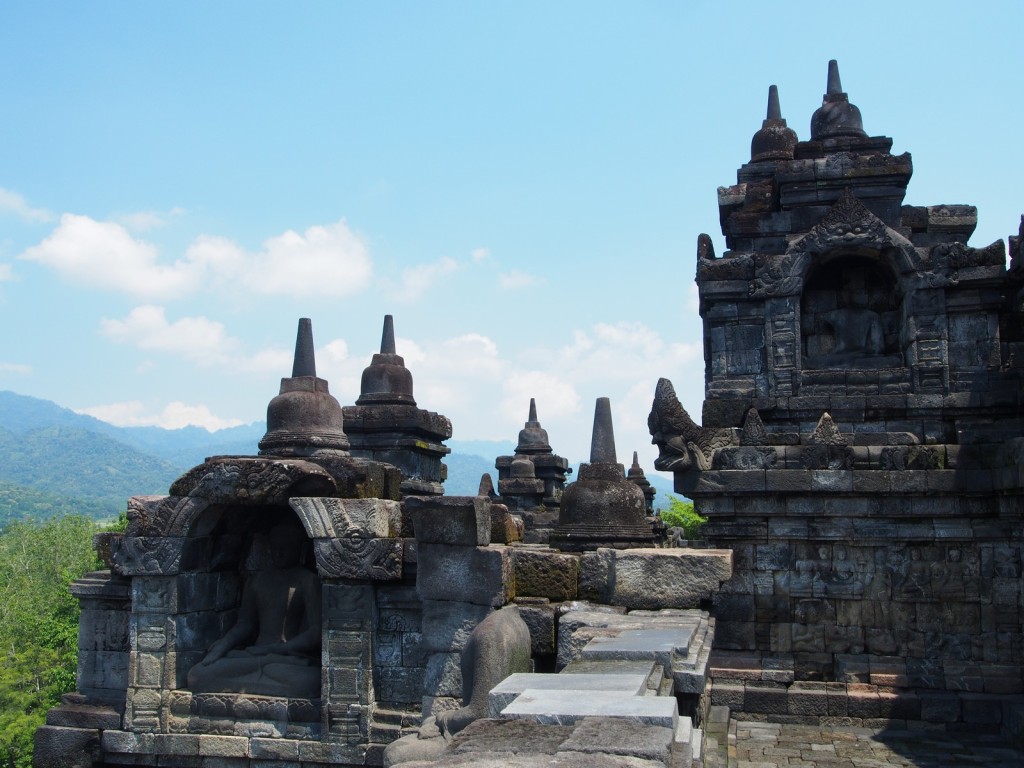
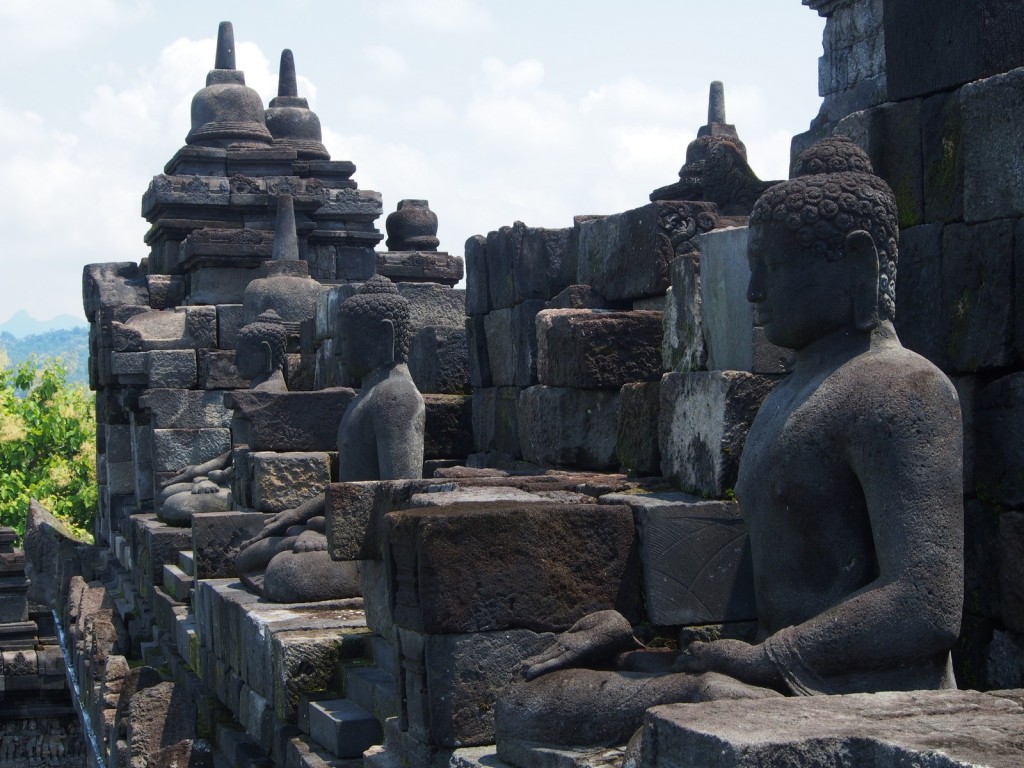
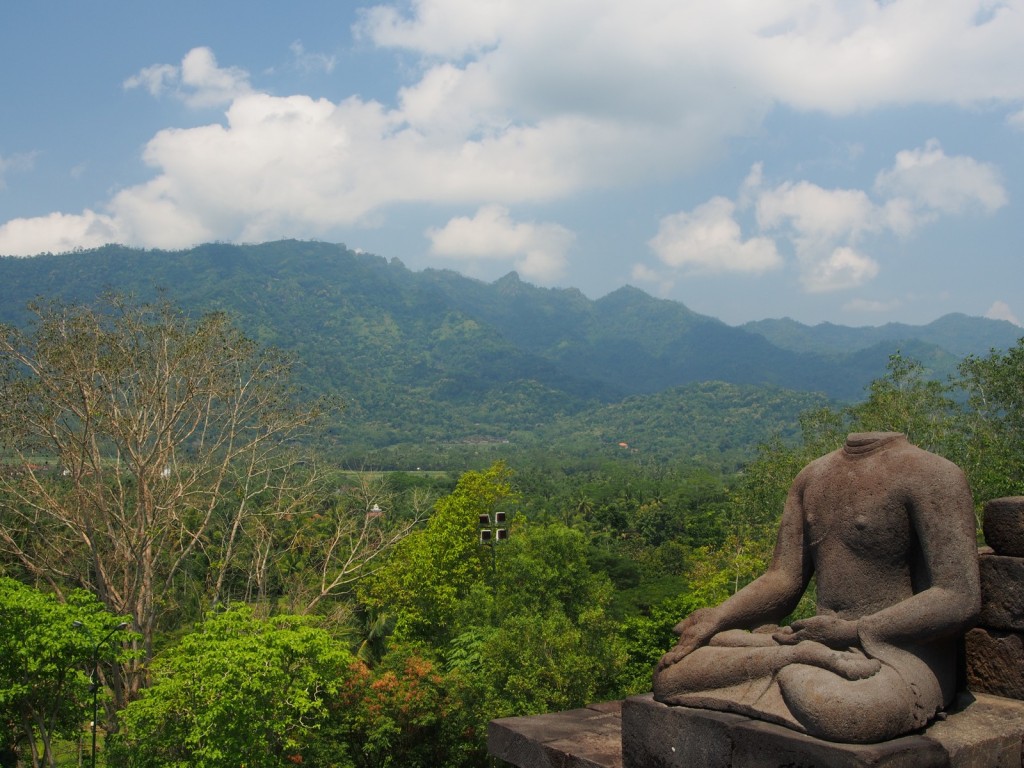
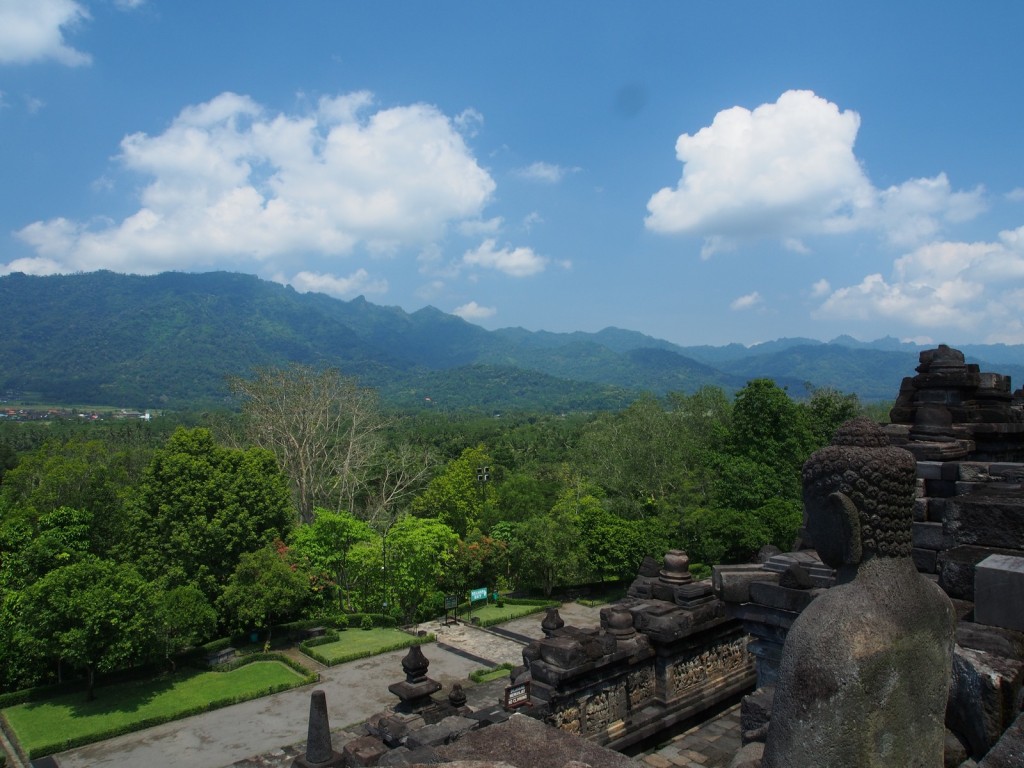
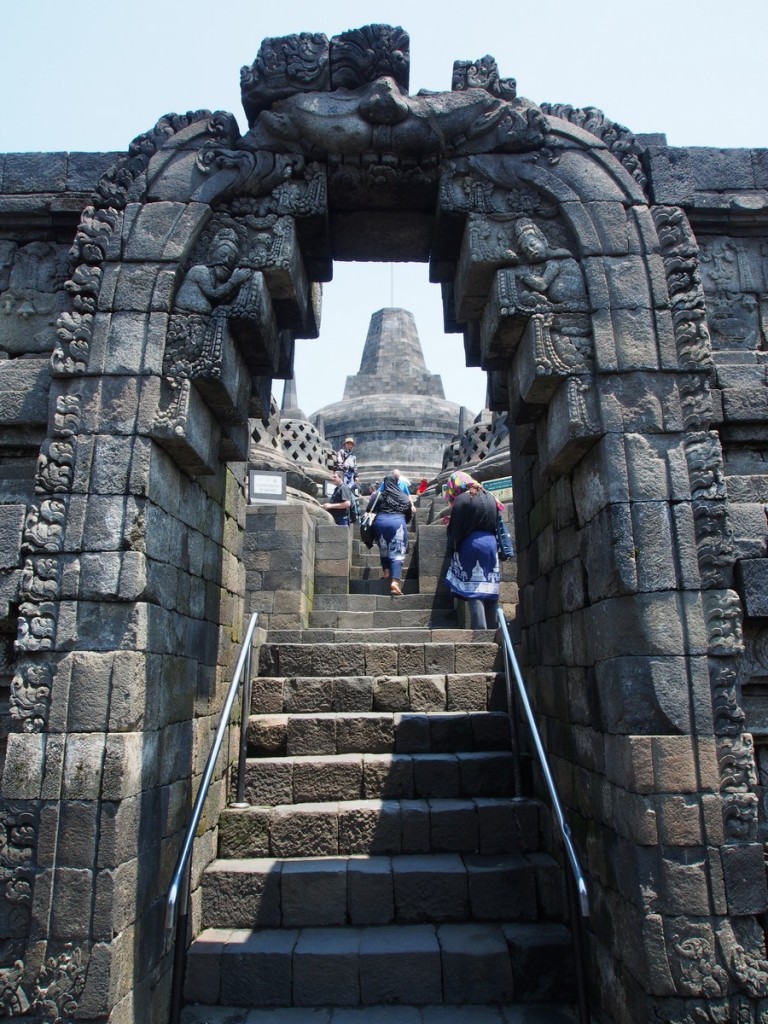
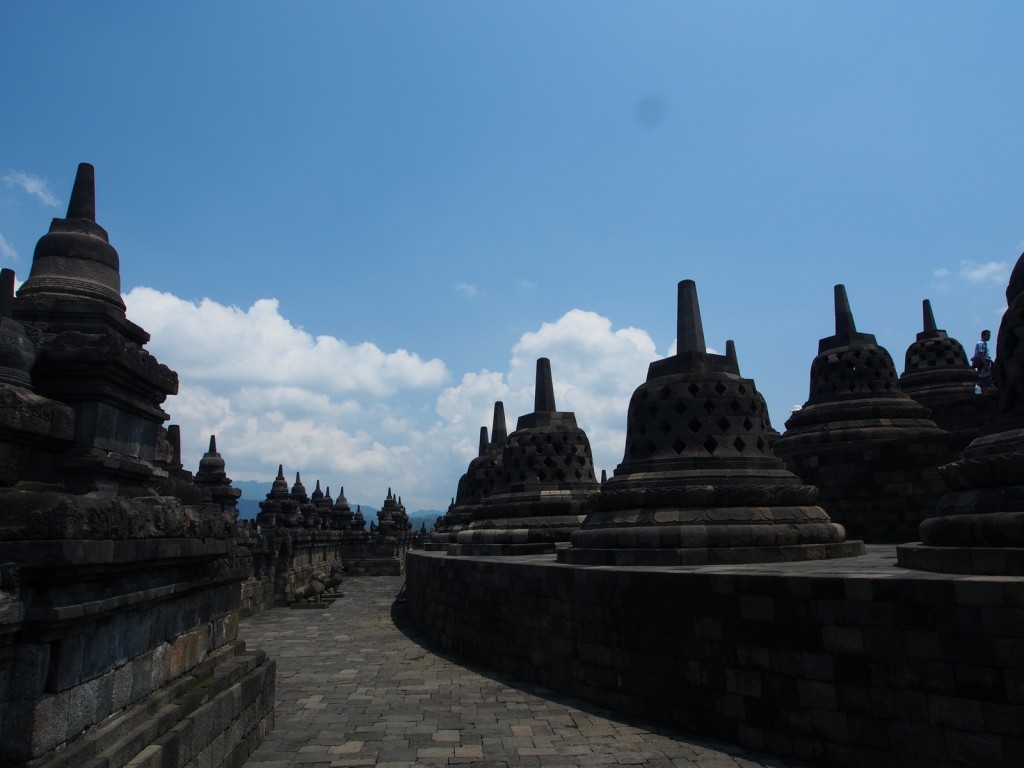
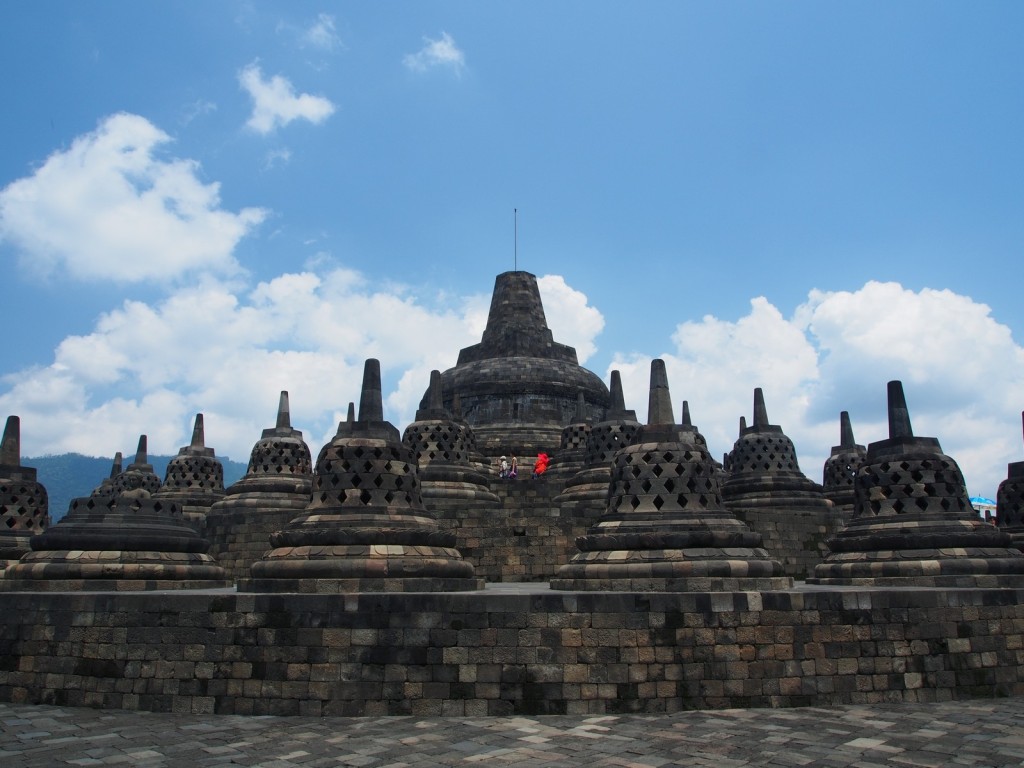
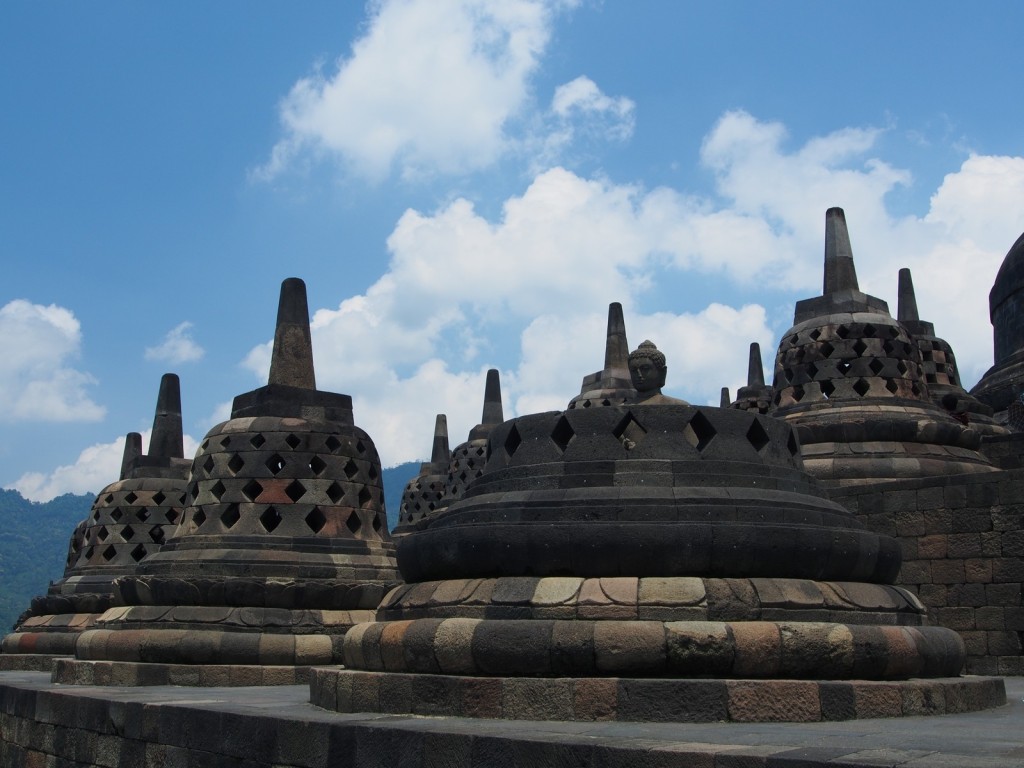
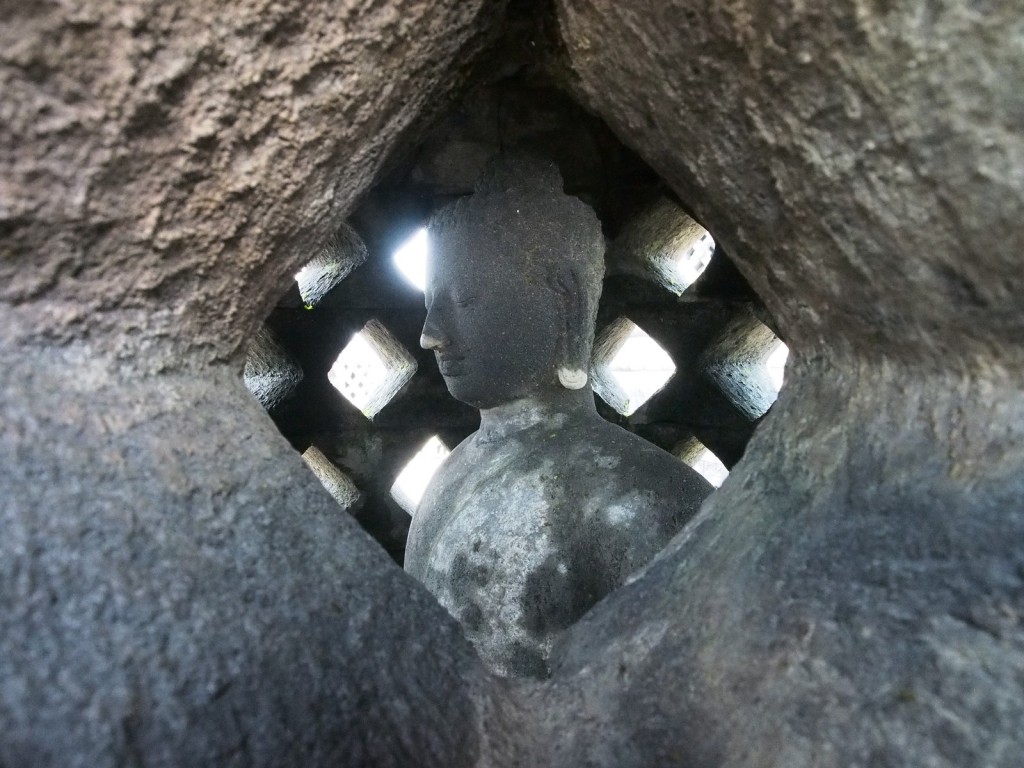
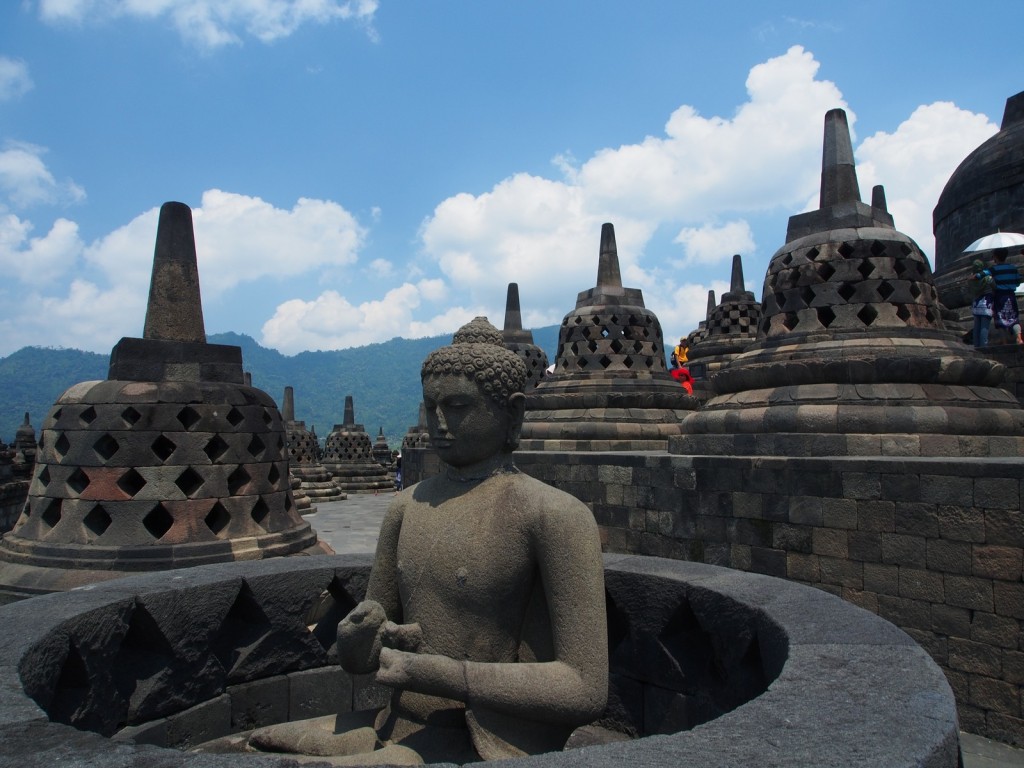
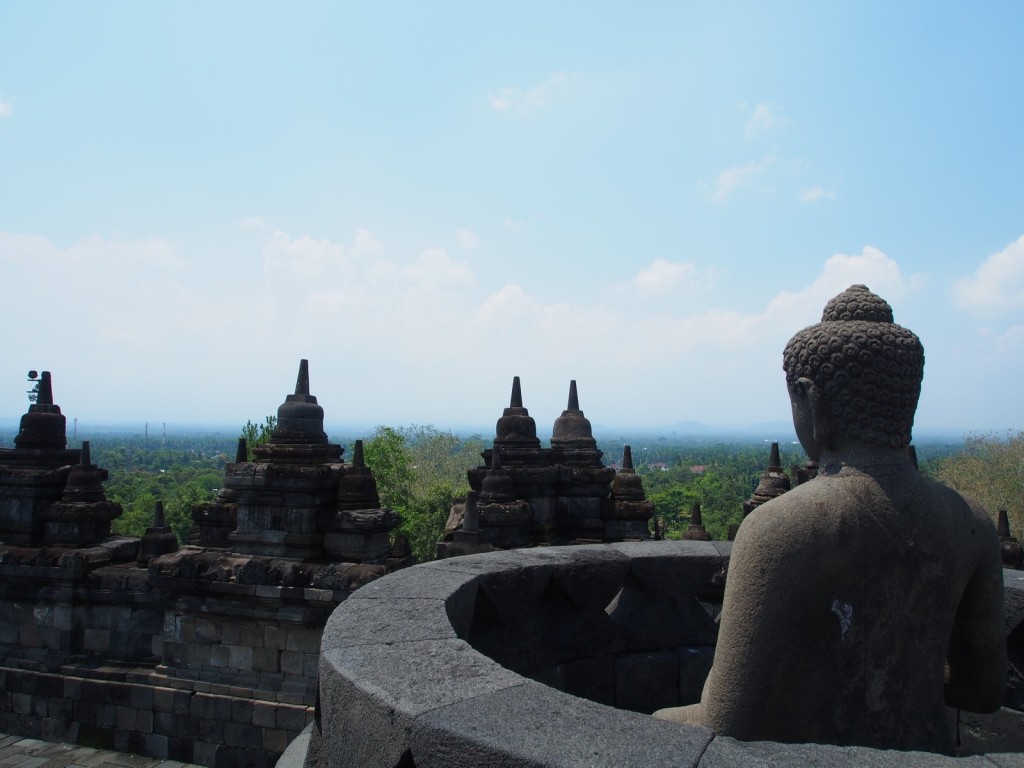
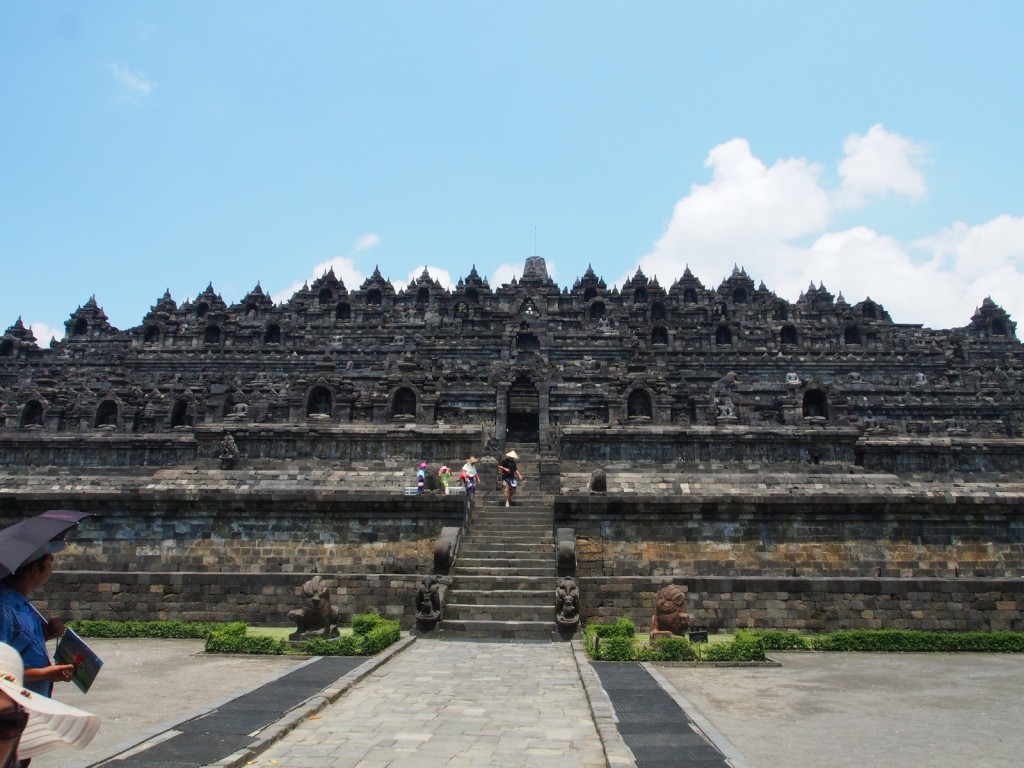
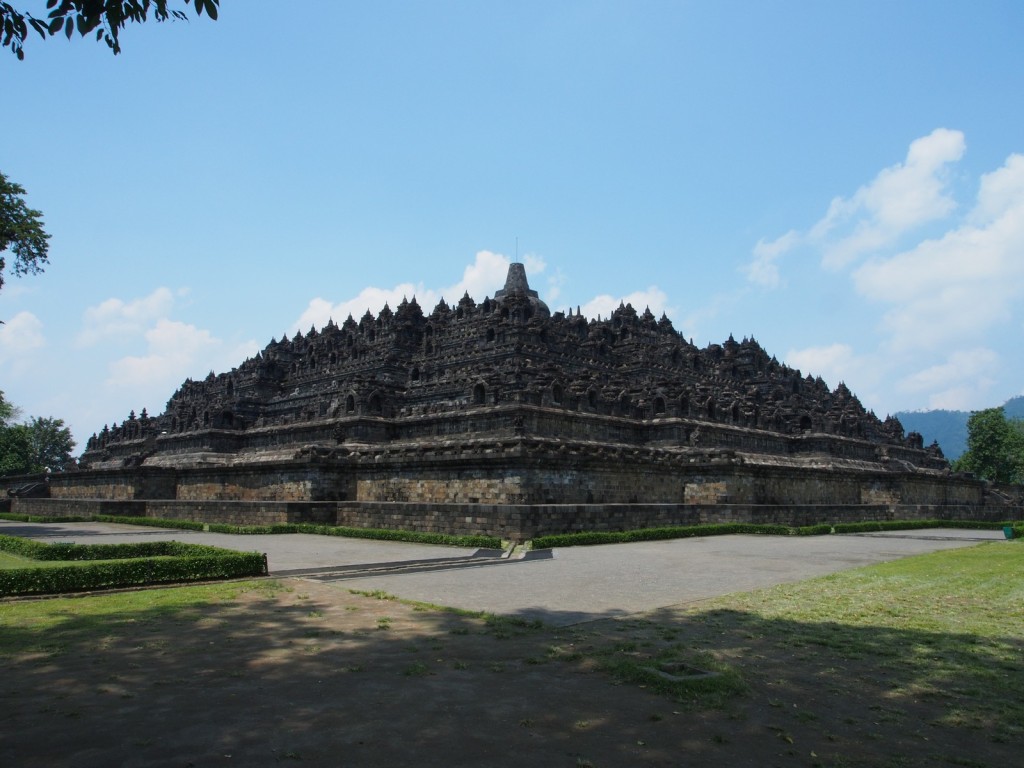
David, Hi.
You may not remember Sue and me. long time pals of your mum and dad. We have recently reconnected.
Russ gave me the link to your site so I have been flicking through your trip so far. Its amazing and great pics.
Will follow from time to time, be safe and enjoy,
Best regards,
David Chandler